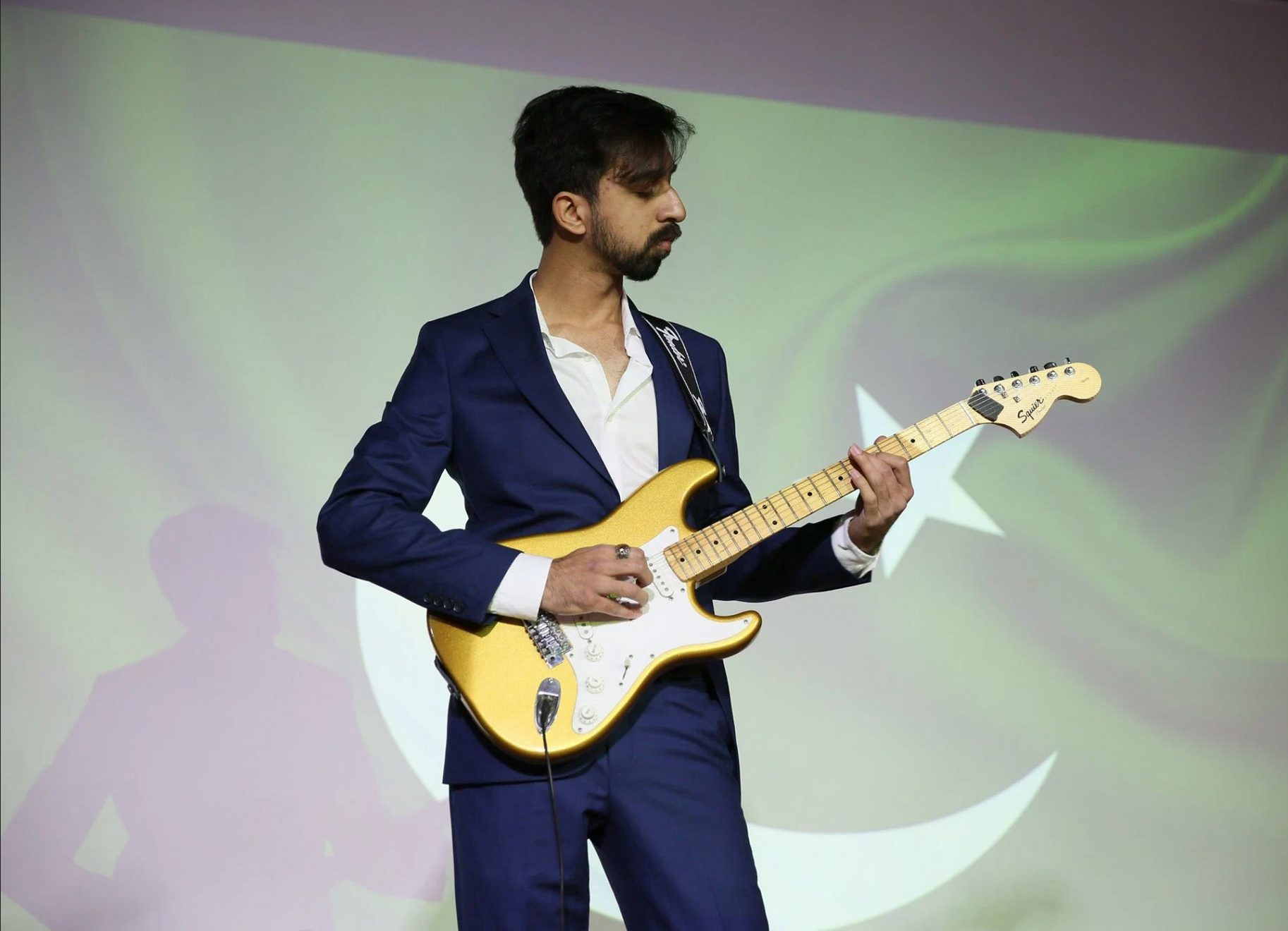The Abdullah Gül University believes that sustainability is also attained through cultural exploration and preservation. Below are some examples of the efforts conducted by AGU to preserve and disseminate our cultural, traditional and intercultural wealth:
- Preservation of Cultural Heritage and Traditions
- International Youth Fest
- Intercultural Series
- Intercultural Workshops
Preservation of Cultural Heritage and Traditions
Kayseri Sümerbank Factory Heritage Site
The Abdullah Gül University campus is housed in the historical buildings of the former Sümerbank Textile Factory Complex, a national and cultural heritage site. Sümerbank Kayseri Textile Factory was established within the scope of the First National Five-Year Industrialization Plan (1930) with a loan of 8.5 million Turkish Liras received from the Soviet Union. The foundations were laid by the then Prime Minister İsmet İnönü on May 20, 1934, and the factory was put into service on September 16, 1935. Today, the site is officially recognized as a national Historical Heritage Site and protected by law. The establishment of the Sümerbank Textile Factory Complex initiated the industrialization movement in Turkey and was directly involved in the Republic of Turkey's nation-building efforts at the time.
In an effort to preserve its cultural heritage and to share this monument of historical value with the public, the Abdullah Gül University has established yearly Abdullah Gül Museum and Factory Building Tours (all open to and for the public), as well as yearly visits for former factory workers:
Abdullah Gül Museum Tours
The Abdullah Gül Museum, which was is housed in renovated factory facilities retraces the steps of the Sümer Bank Kayseri textile factory, an important historical heritage of the city, as well as recollects the life of the 11th President of the Republic of Turkey, Mr. Abdullah Gül. The Museum Library welcomes all community members in comfortable and renovated facilities. Entrance is fee for all. AGU organizes free tours for groups and visitors to the museum facilities.
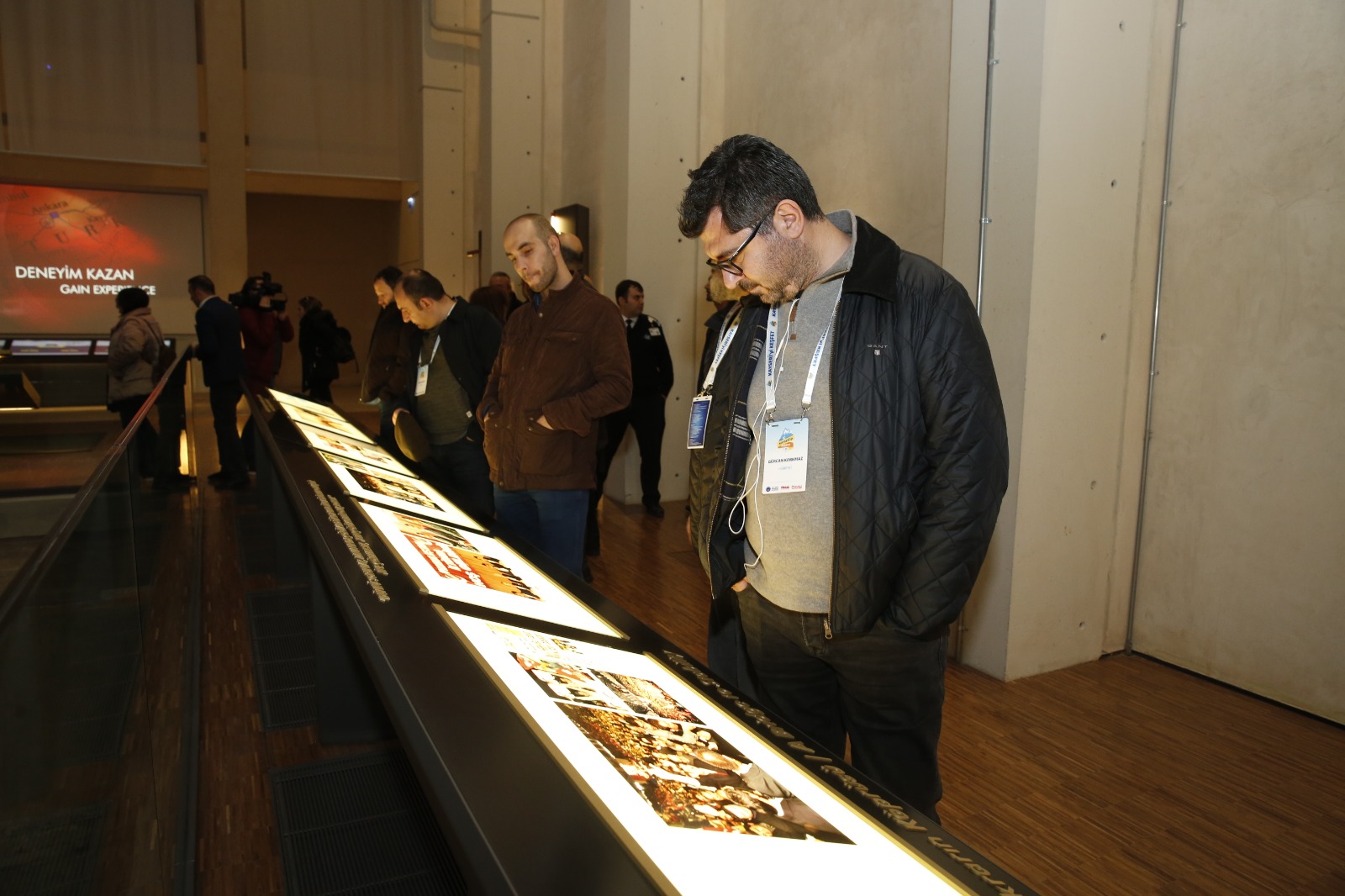 |
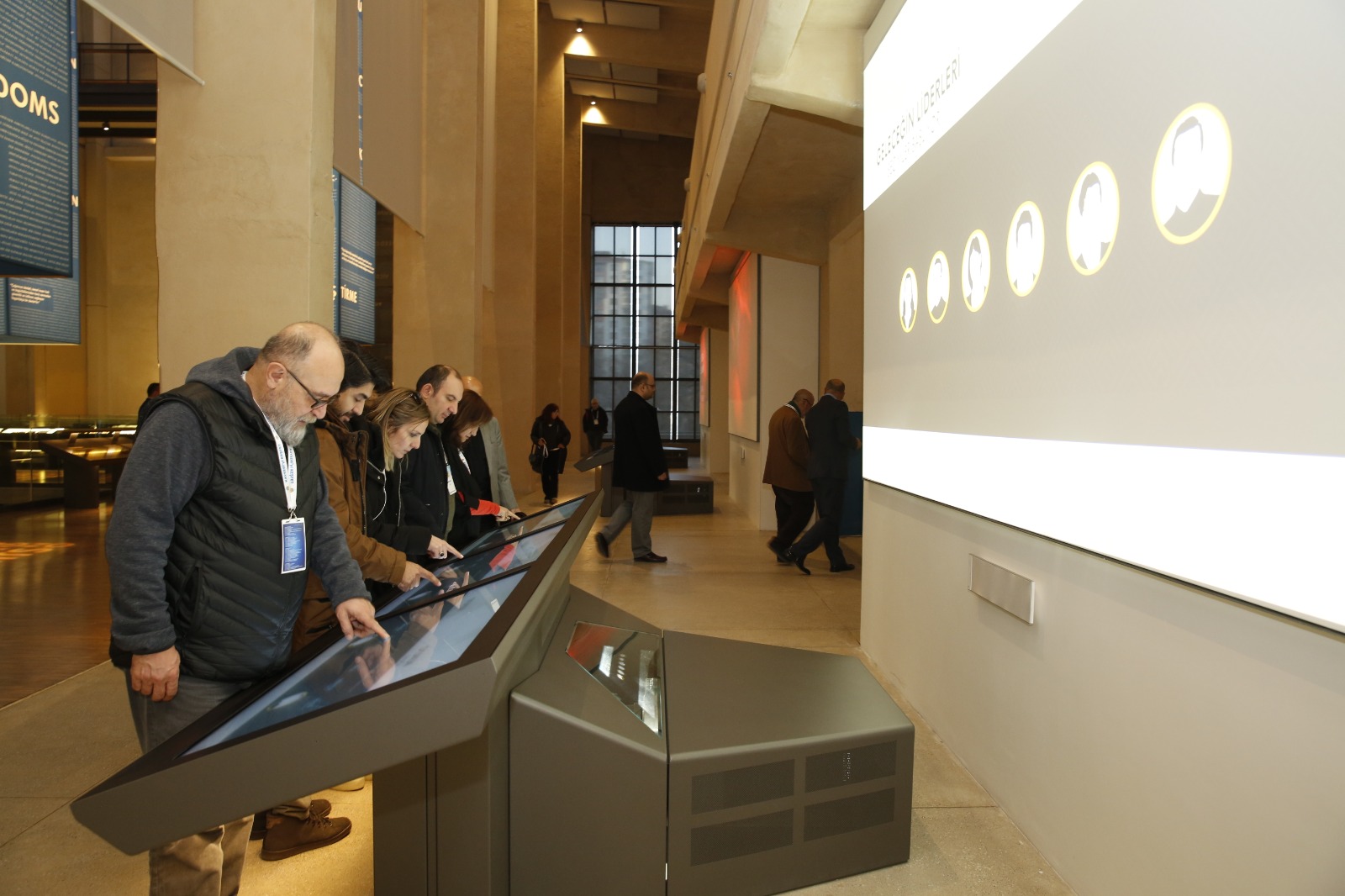 |
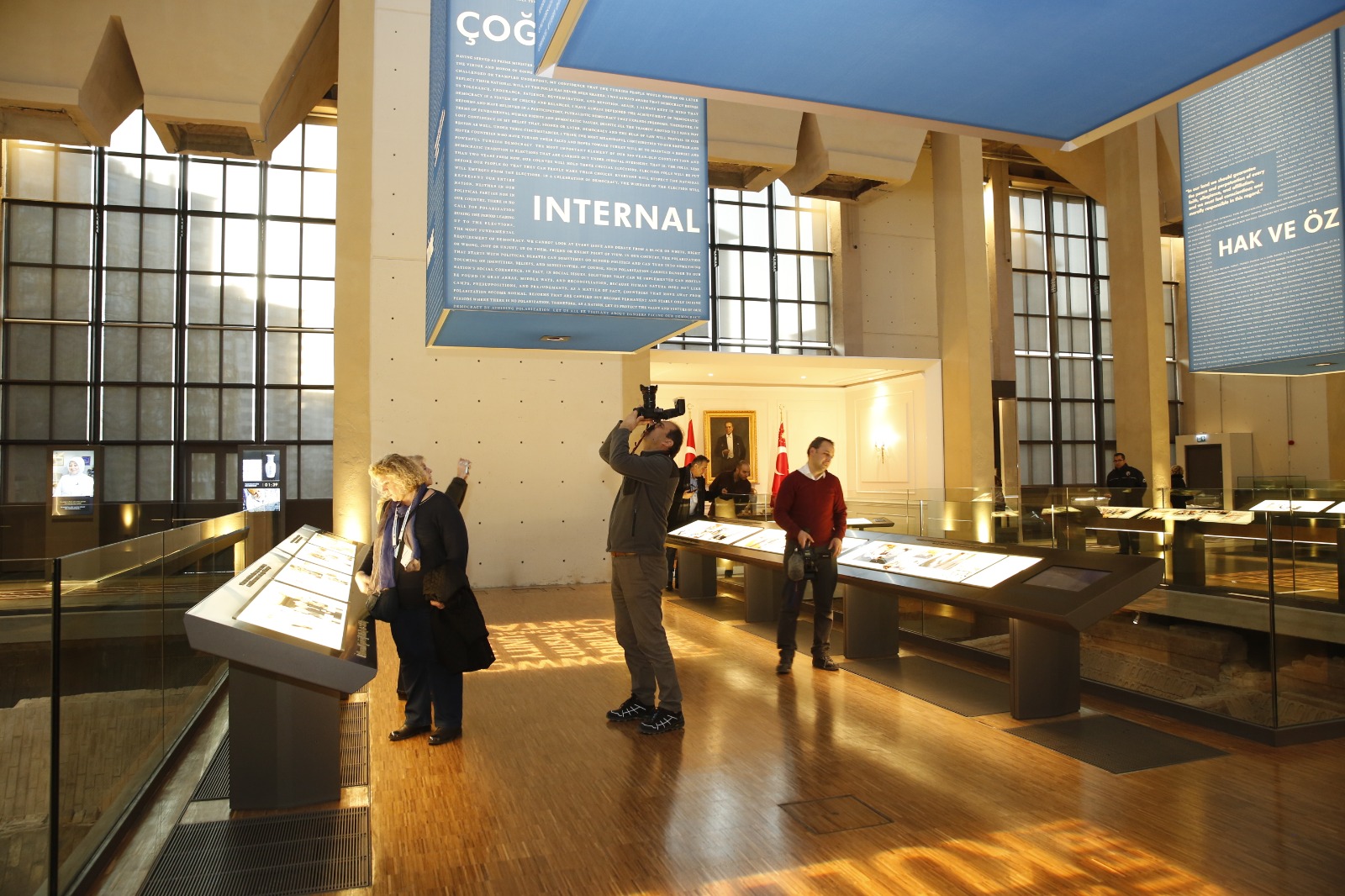 |
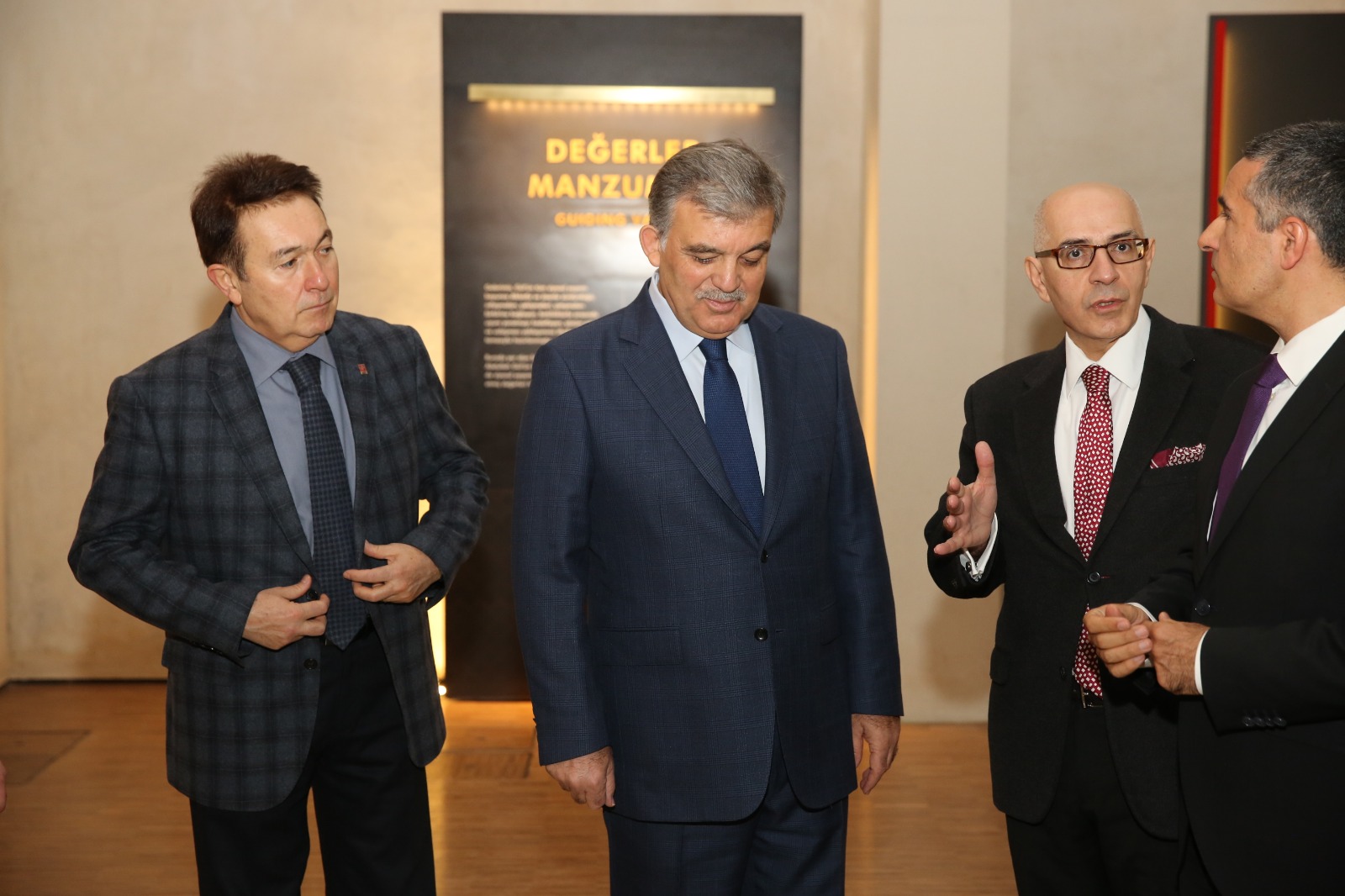 |
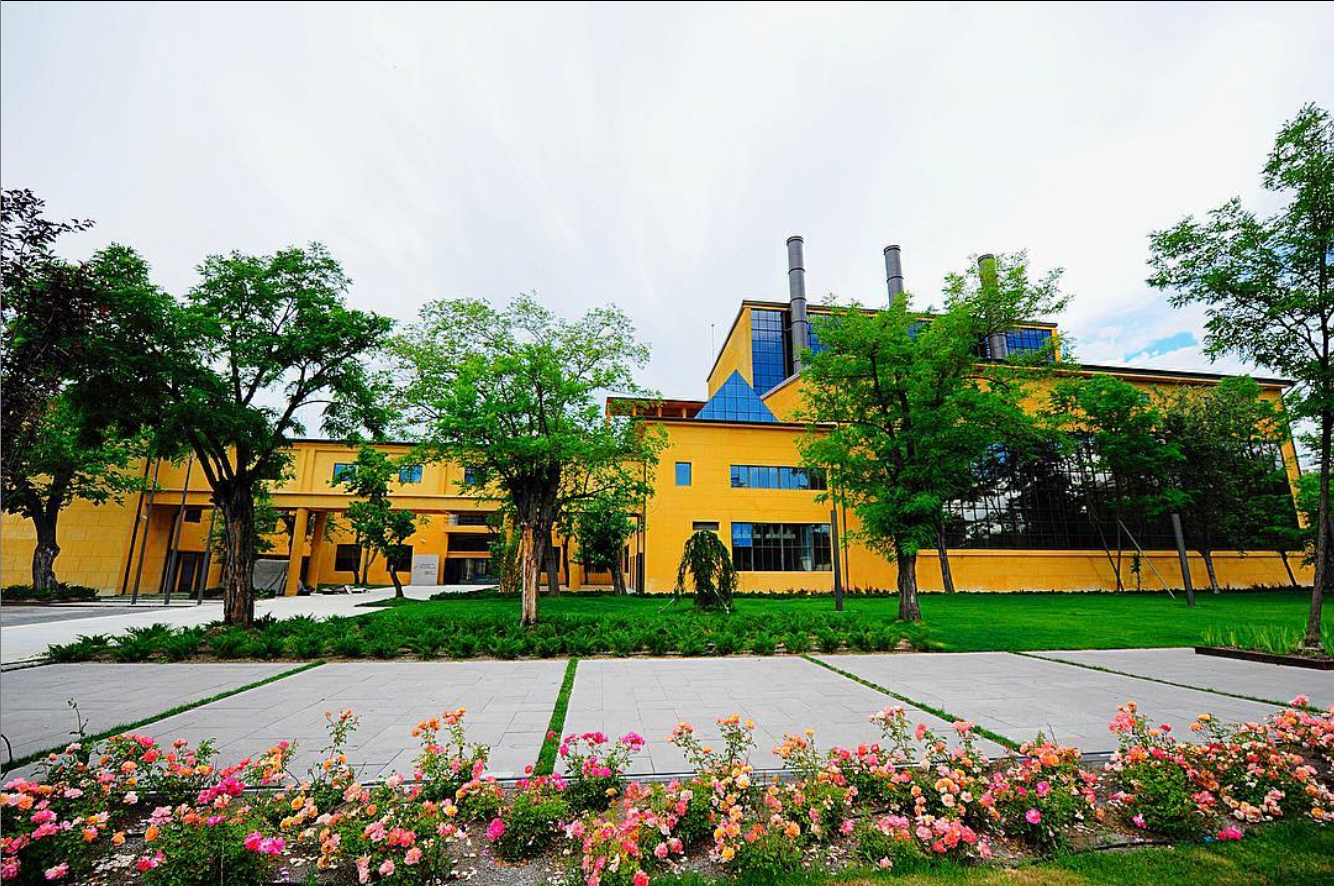 |
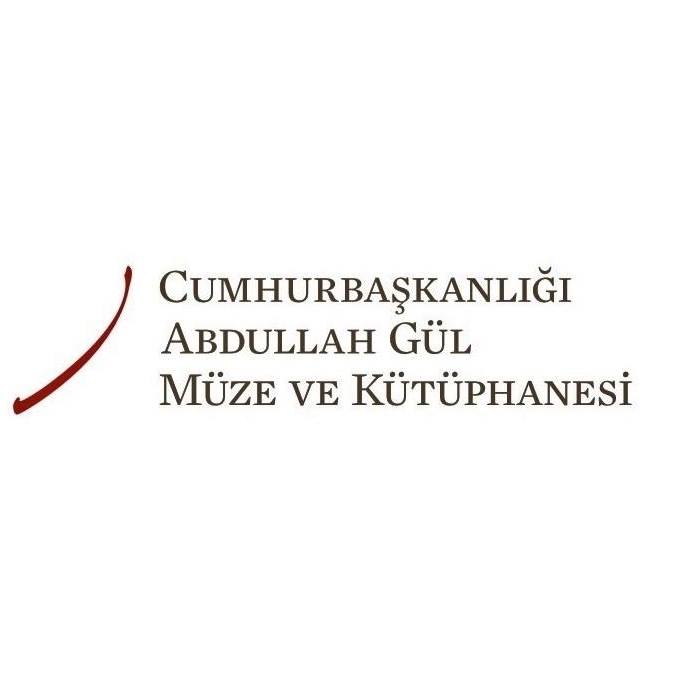 |
Historical Factory Site Tours
In a spirit of preservation and to keep the Sümerbank Factory Complex' history alive, AGU regularly organizes free tours to the preserved factory buildings for the general public (both children at adults). Visitors are shown the different buildings used during the factory times and taught about the historical value of the complex.
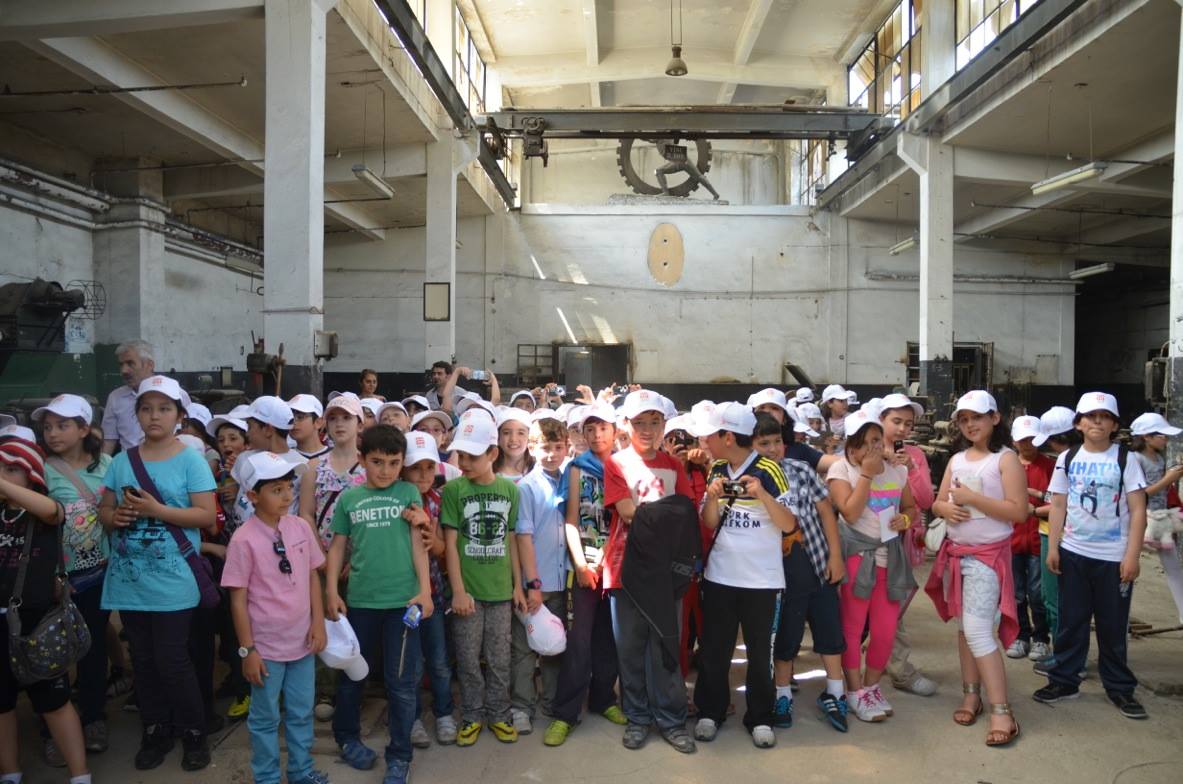 |
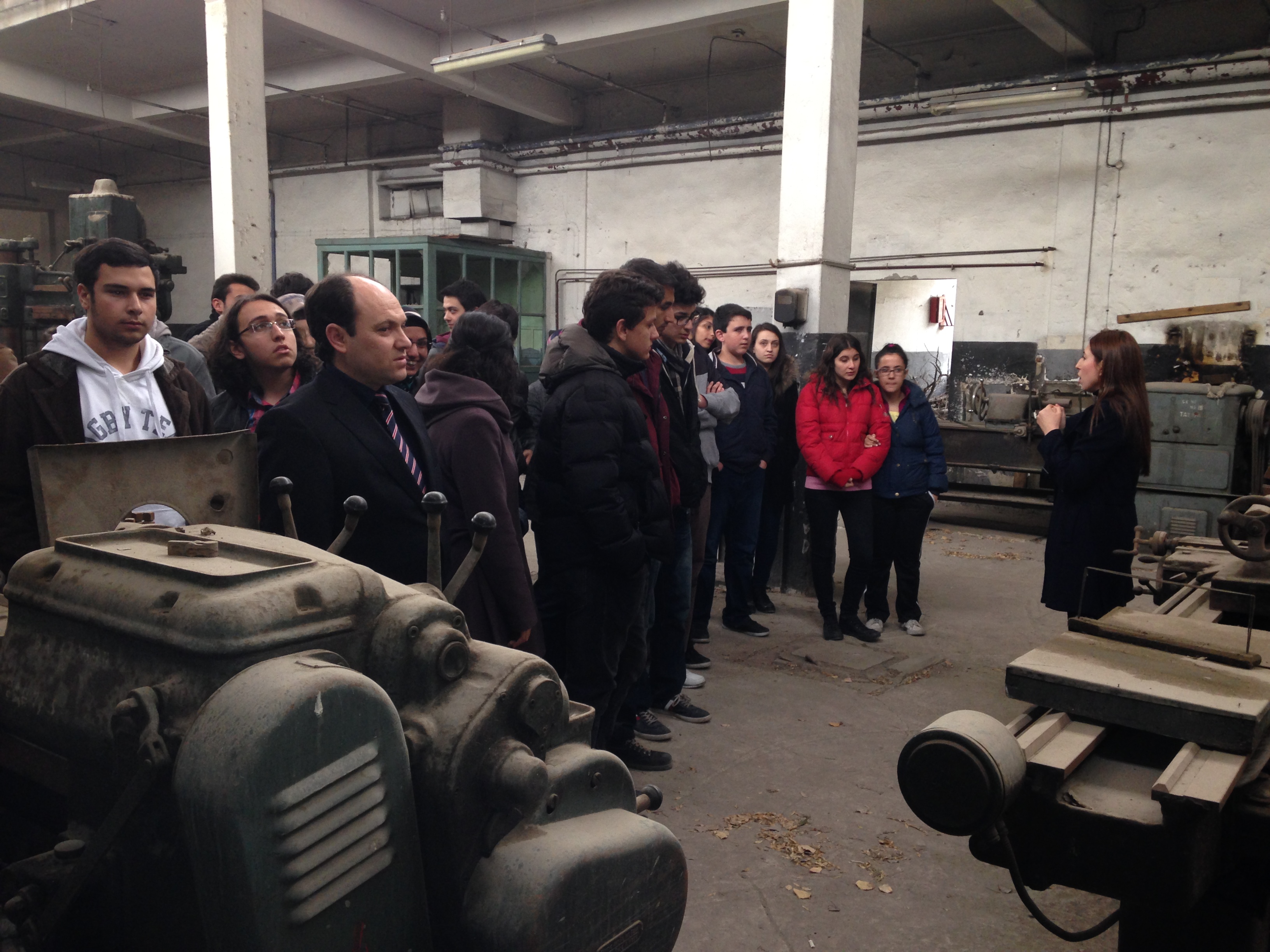 |
 |
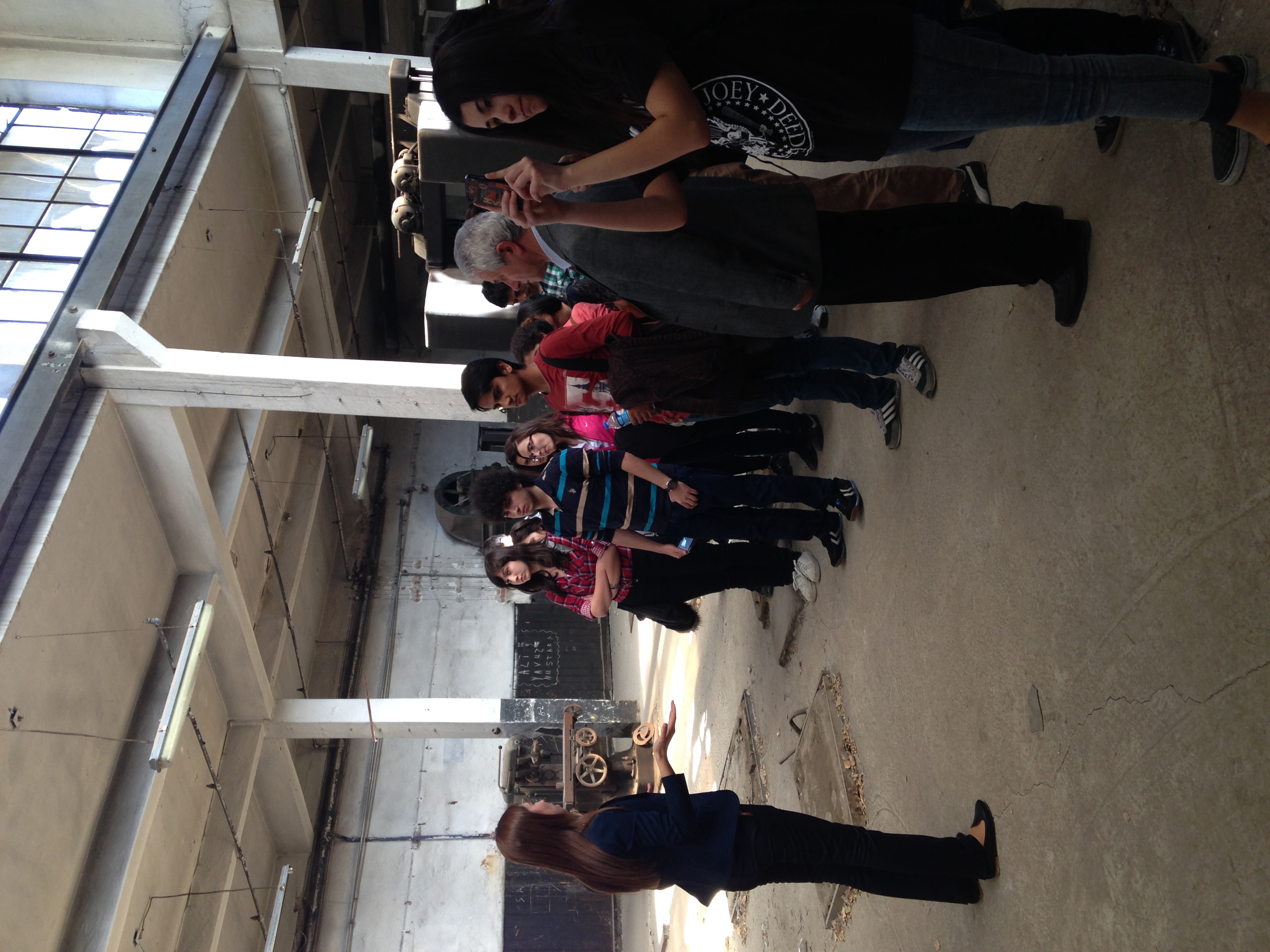 |
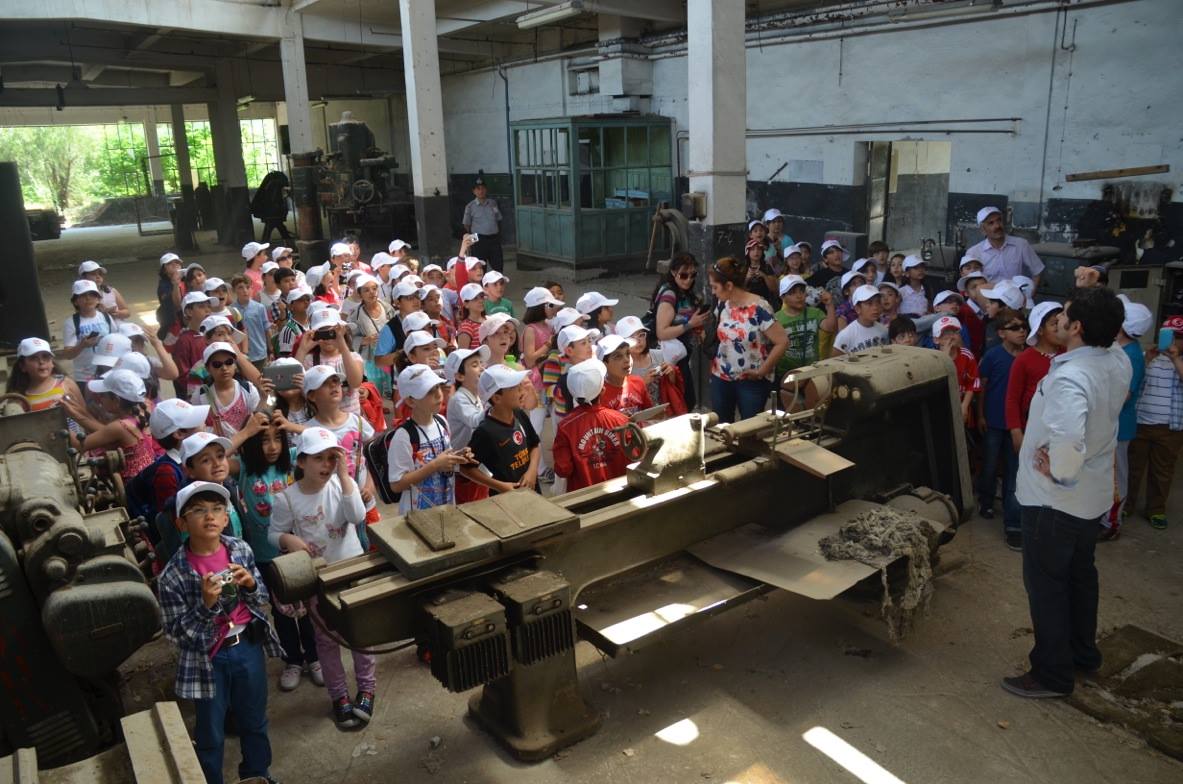 |
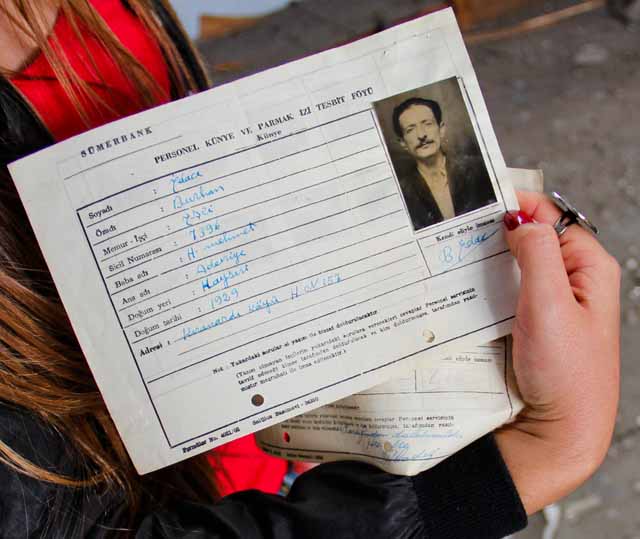 |
 |
Yearly Visits of former Factory workers
Every year, AGU invites former workers of the Sümerbank Factory Complex to come reminisce about their time at the Factory. They have the opportunity to revisit the familiar facilities, as well as the AGU Student Village (dorms), where they also used to live. Afterwards, they usually exchange with AGU students about their experiences.
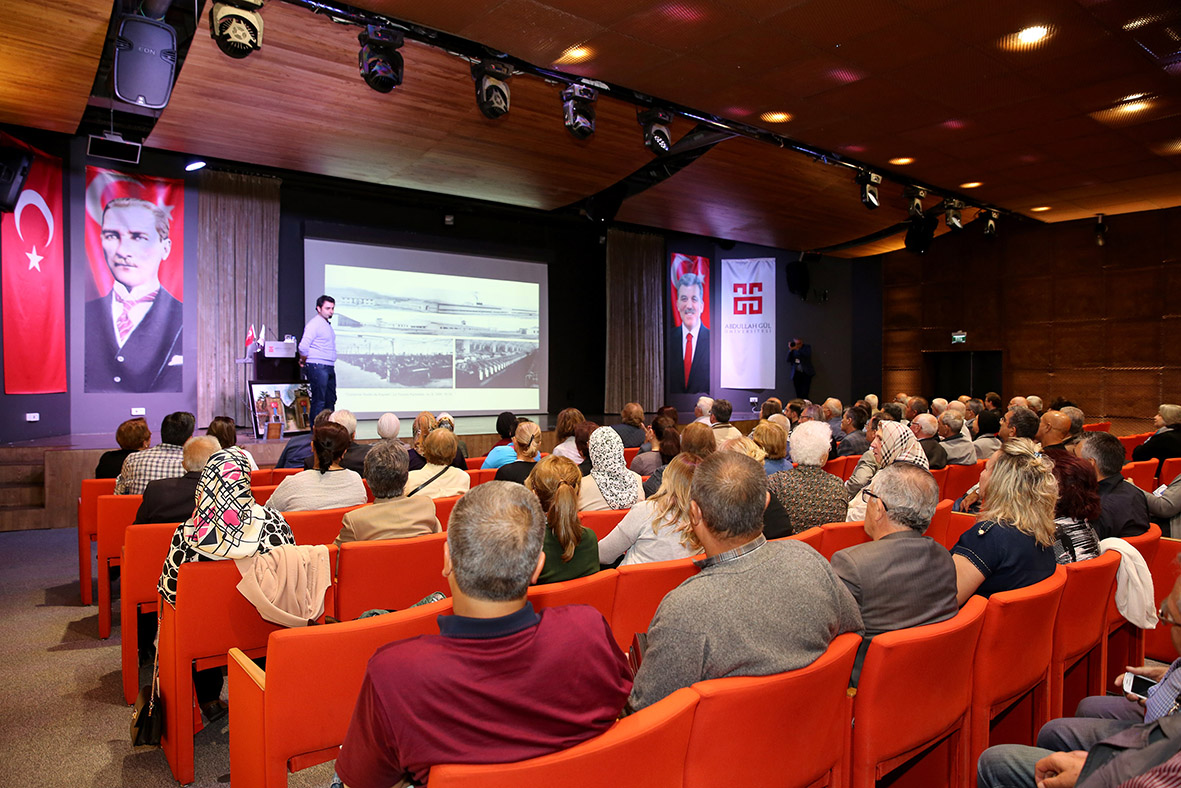 |
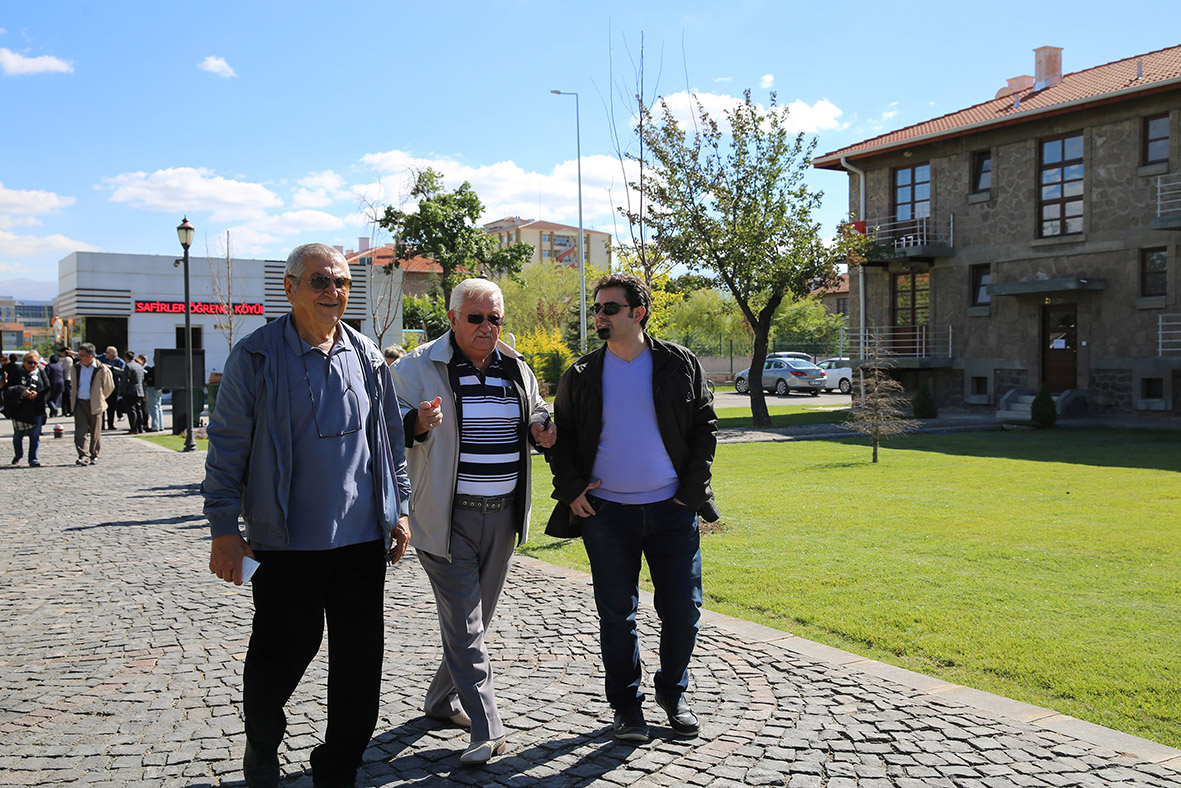 |
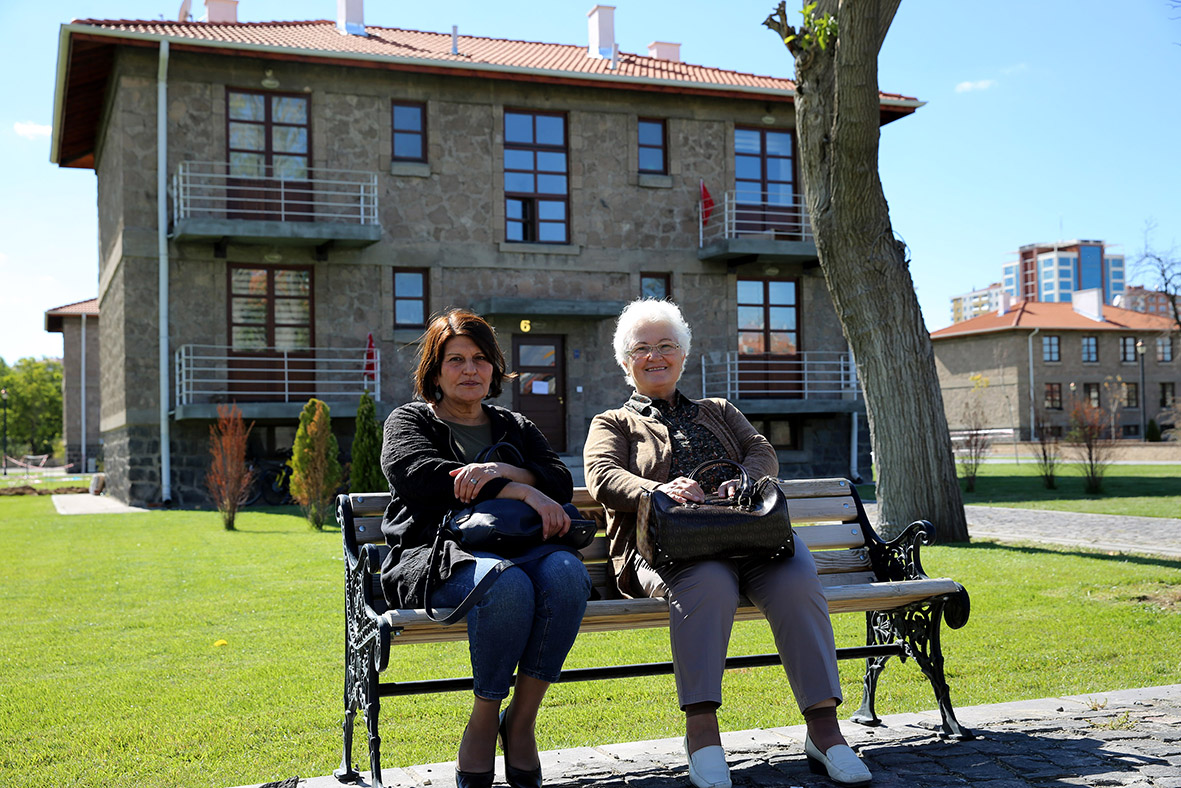 |
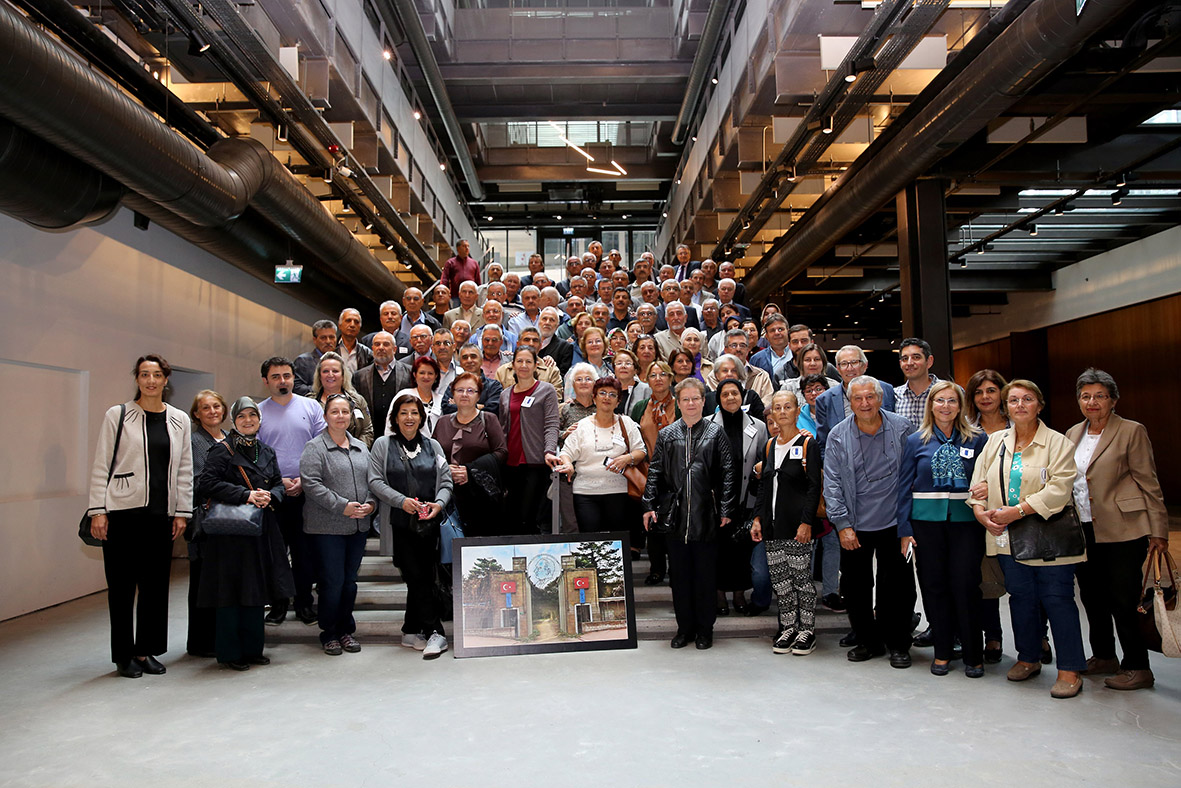 |
Folk Dances
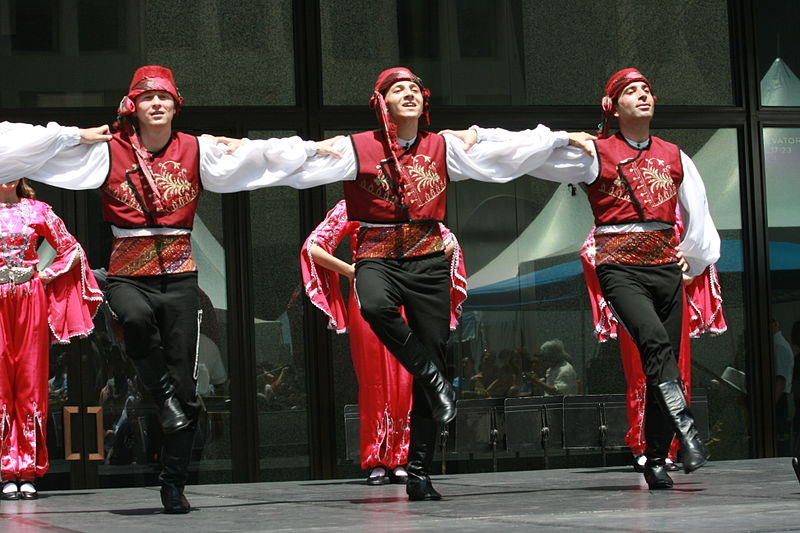
Turkish folk dances (Halk oyunları) are an important part of our country’s history and cultural heritage.
Across it’s vast territory, Turkey enjoys a variety of local cultures and traditions, which are reflected in their differing dance styles. Some of the most well-known include the Zeybek, Halay, Horon and Bar.
The AGU School of Physical Education and Sports (BESYO) has been offering folk dance classes to the University’s students and staff in order to revive and perpertuate the tradition.
Digital Documentation and Model Study in Karahantepe by AGU Architecture
The model of the EU structure based on digital documentation, which was unearthed during archaeological excavations in Karahantepe, one of the important settlements of the Neolithic period, in the Haliliye district of Şanlıurfa, was prepared by Abdullah Gül University (AGU) Faculty of Architecture. The model is on display at the permanent exhibition titled "Karahantepe and Neolithic Man" at the Şanlıurfa Museum.
The model study, which was carried out as part of the architectural documentation work carried out within the scope of the excavation, was carried out by Dr. Assist. Prof. Dr. Nisa Semiz, Lecturer. Assist. Bahar Elagöz Timur and Lecturer. Gör. Mehmet Gören made the model.
EU Structure
Carved into the bedrock with dimensions of 8×6 metres, the EU Structure is thought to have been built for special purposes. In the centre of the long wall of the structure is a human head. A man is depicted on the head emerging from the rock with a neck resembling a snake. Opposite this head, four phallus-shaped obelisks are placed in the front row and six in the back row. The building was descended from one side by a staircase and ascended from the other side by another staircase. In the context of all these, it is thought that the structure had a ritualistic function.
The artefacts unearthed in Karahantepe reveal the artistic skills of people who lived 11 thousand years ago. In 2019, the excavations, which started under the presidency of Prof. Dr. Necmi Karul and found important artefacts from the Neolithic period, revealed structures contemporary with Göbeklitepe.
Yearly Nevruz Spring Celebrations
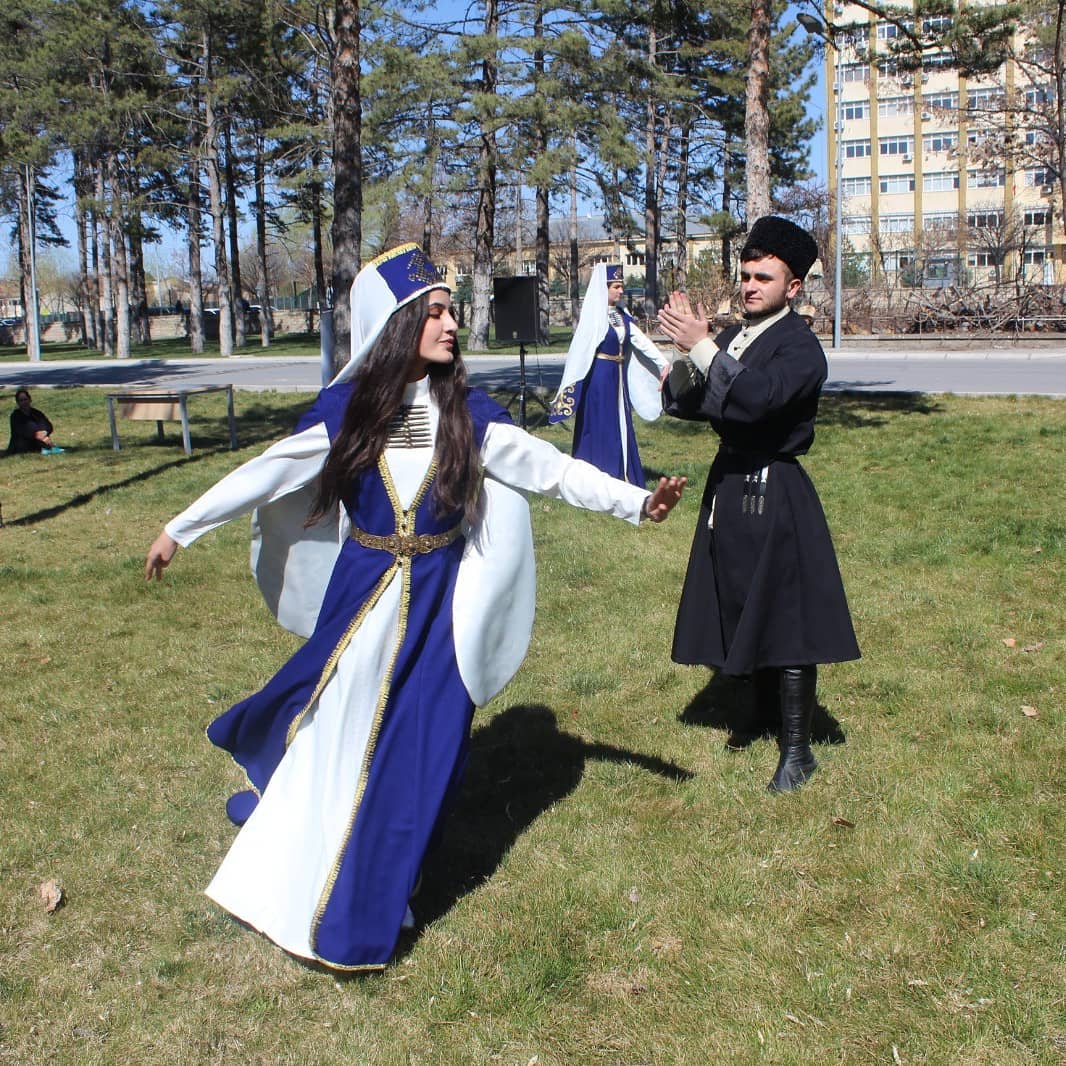 |
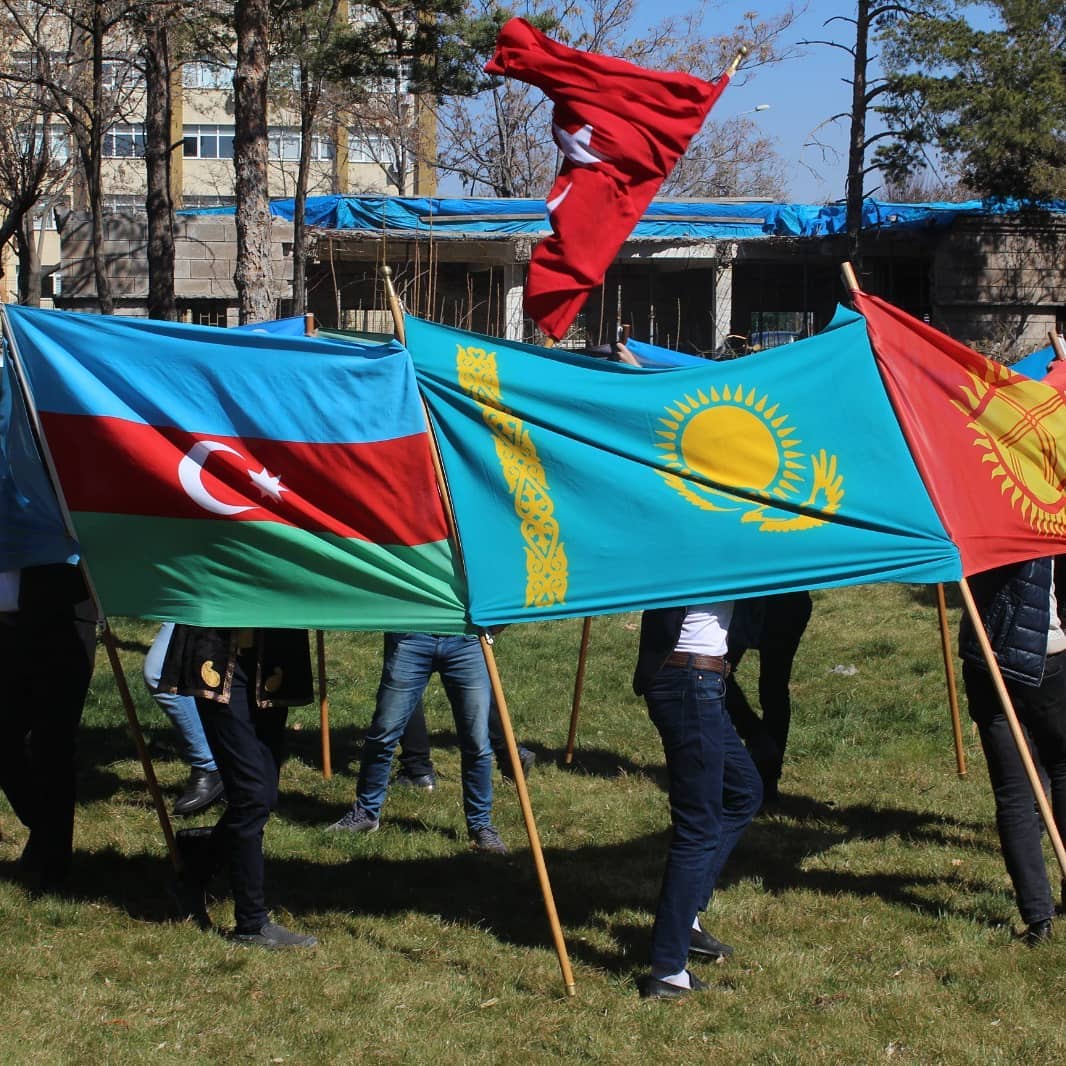 |
Nevruz, which is believed to herald the coming of spring, is celebrated every year at the Abdullah Gül University (AGU). Nevruz is a traditional celebration which spans across the Turkic world and is celebrated by many communities and ethnicities around the World, especially in Western Asia, Central Asia, the Caucasus, the Black Sea Basin, the Balkans, and South Asia.
At AGU the celebration traditionally starts with a moment of silence and the National Anthem, then the video "Nevruz' Place and Importance in Turkish Culture" iss screened, and members of the History Club make speeches marking the meaning and significance of the day. After that, representants of various Turkic nations are invited on stage to sing, play their traditional instruments and perfom traditional dances.
Some other traditional Nevruz activities are also organized, such as jumping over a fire, pounding an anvil with the hammer, flying the flags of the Turkic Republics...etc.
Excavation and Archeological Preservation Works
Digital Documentation and Model Study in Karahantepe by AGU Architecture
The model of the EU structure based on digital documentation, which was unearthed during archaeological excavations in Karahantepe, one of the important settlements of the Neolithic period, in the Haliliye district of Şanlıurfa, was prepared by Abdullah Gül University (AGU) Faculty of Architecture. The model is on display at the permanent exhibition titled "Karahantepe and Neolithic Man" at the Şanlıurfa Museum.
The model study, which was carried out as part of the architectural documentation work carried out within the scope of the excavation, was carried out by Dr. Assist. Prof. Dr. Nisa Semiz, Lecturer. Assist. Bahar Elagöz Timur and Lecturer. Gör. Mehmet Gören made the model.
EU Structure
Carved into the bedrock with dimensions of 8×6 metres, the EU Structure is thought to have been built for special purposes. In the centre of the long wall of the structure is a human head. A man is depicted on the head emerging from the rock with a neck resembling a snake. Opposite this head, four phallus-shaped obelisks are placed in the front row and six in the back row. The building was descended from one side by a staircase and ascended from the other side by another staircase. In the context of all these, it is thought that the structure had a ritualistic function.
The artefacts unearthed in Karahantepe reveal the artistic skills of people who lived 11 thousand years ago. In 2019, the excavations, which started under the presidency of Prof. Dr. Necmi Karul and found important artefacts from the Neolithic period, revealed structures contemporary with Göbeklitepe.
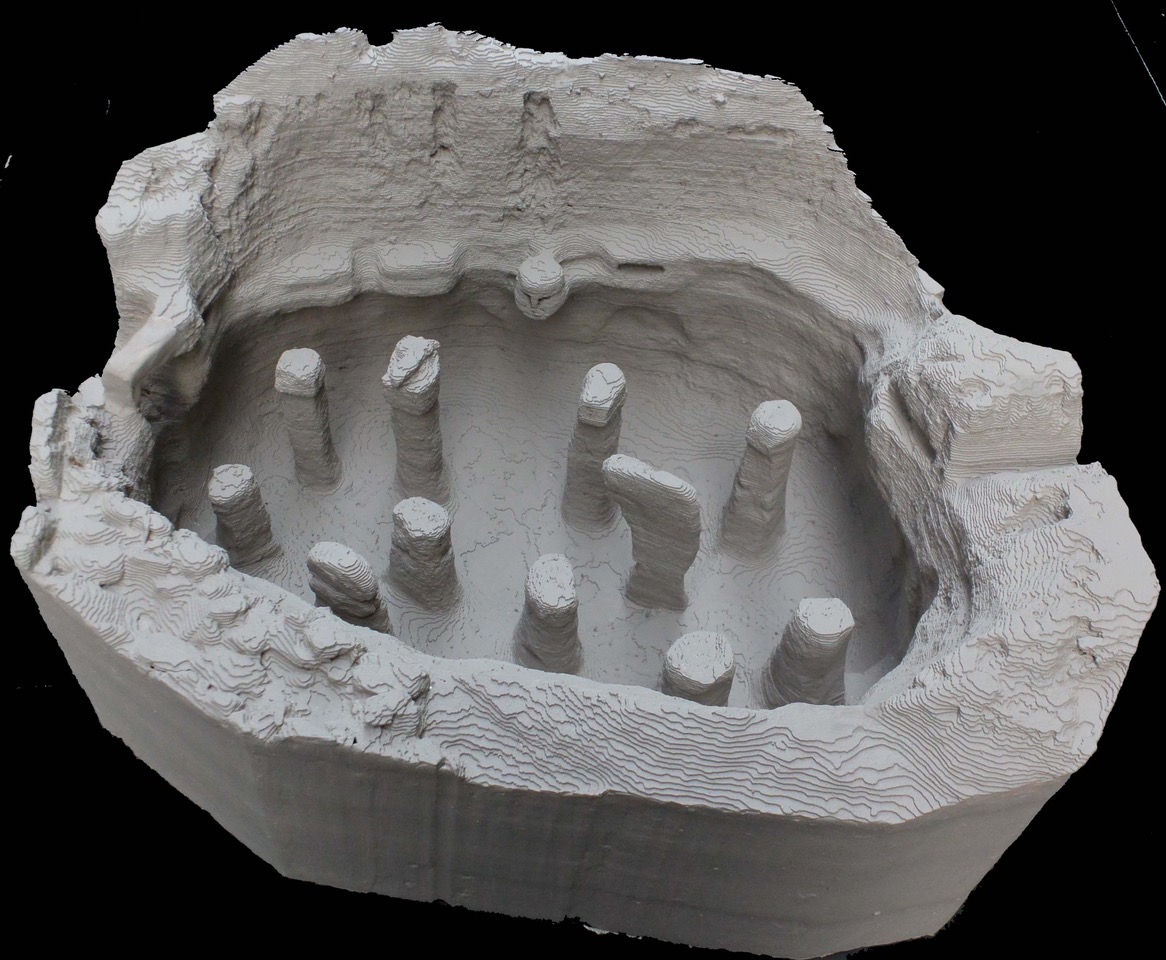 |
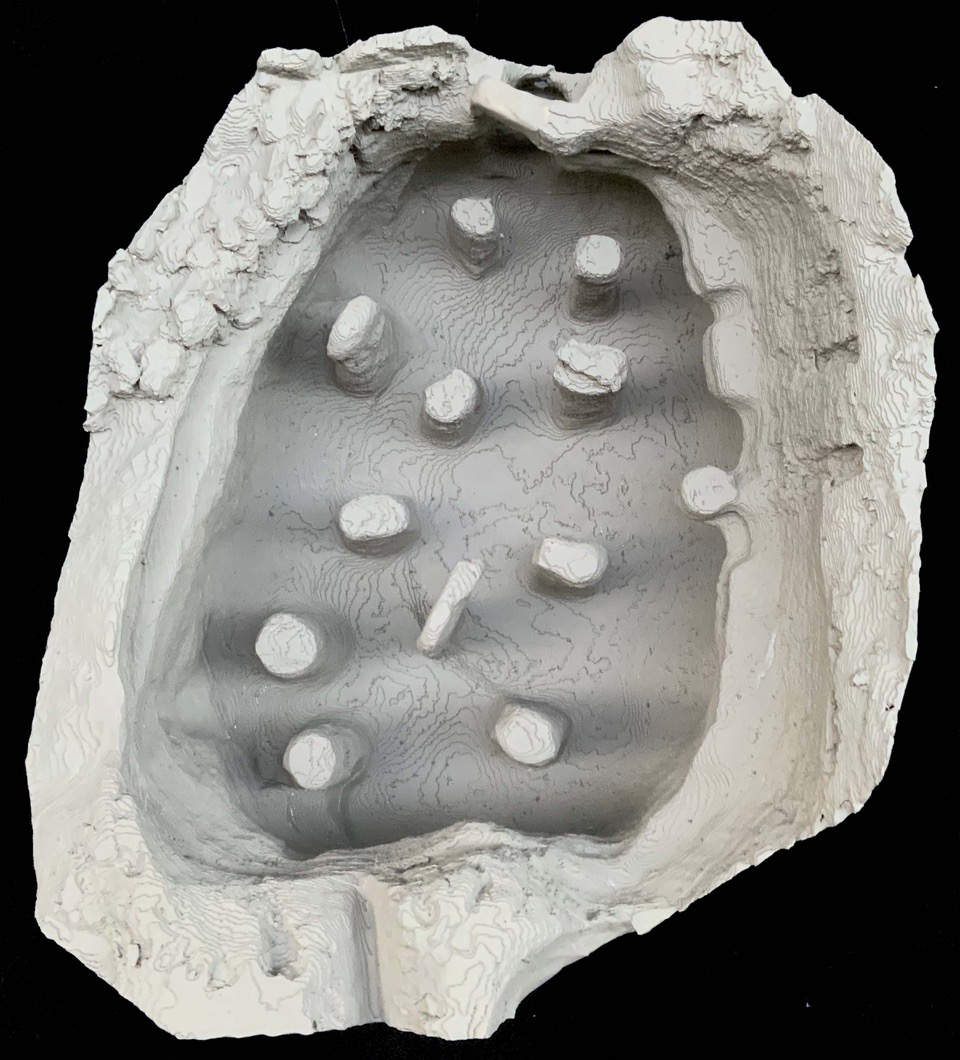 |
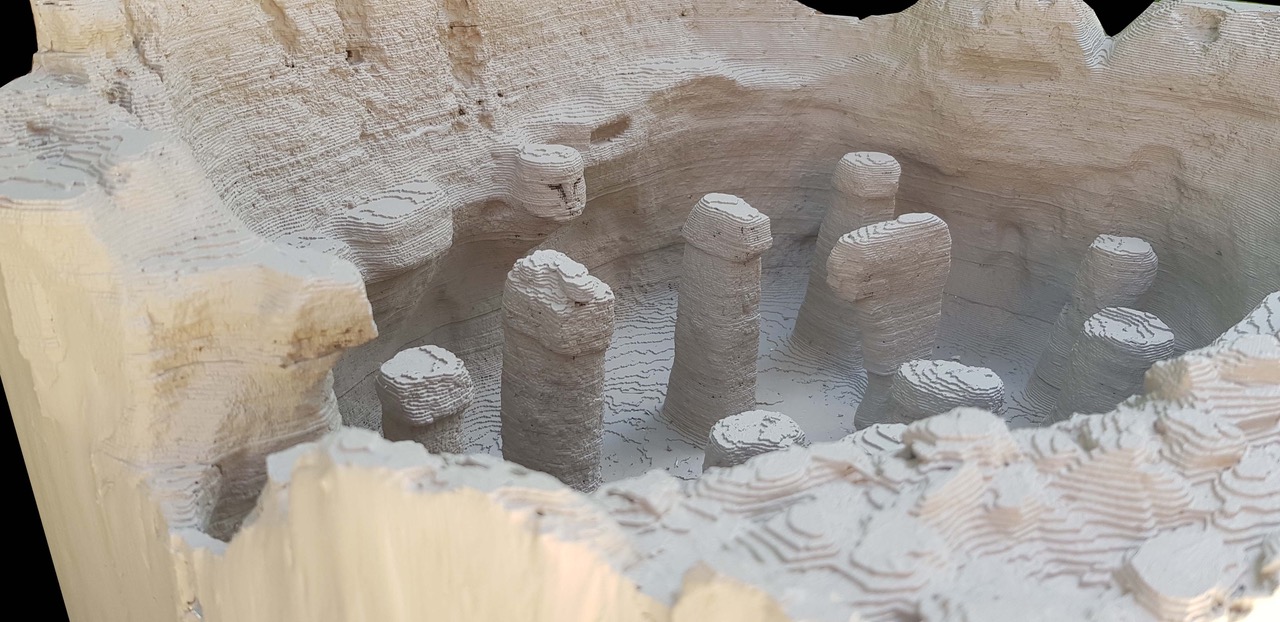 |
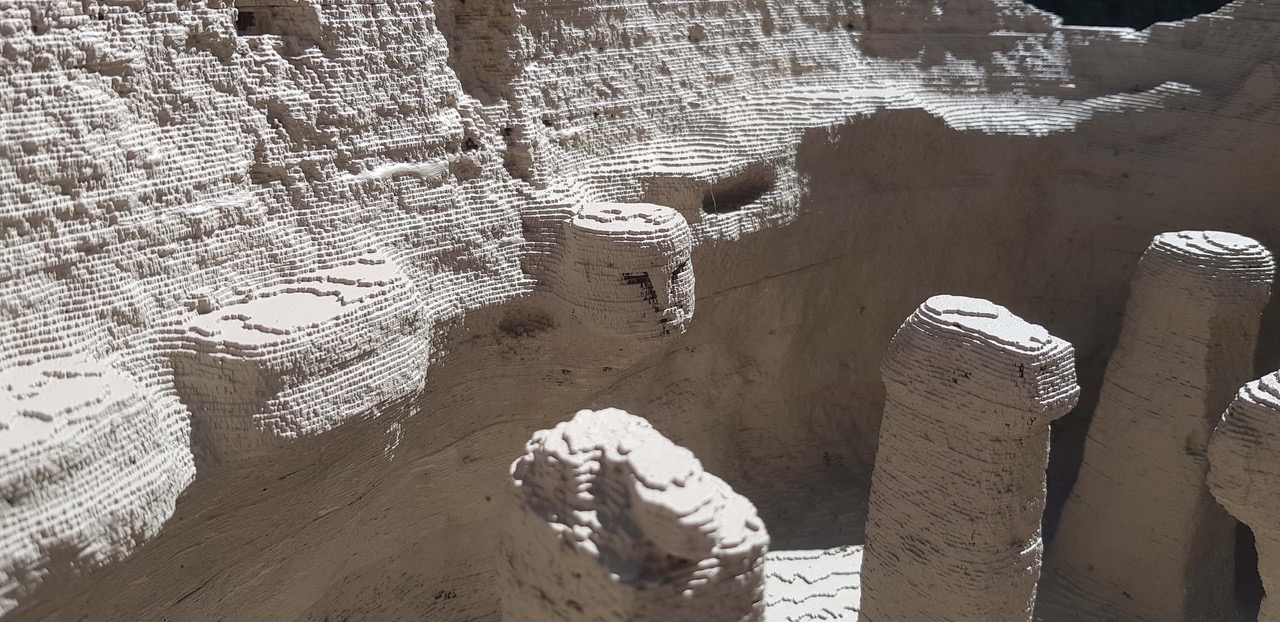 |
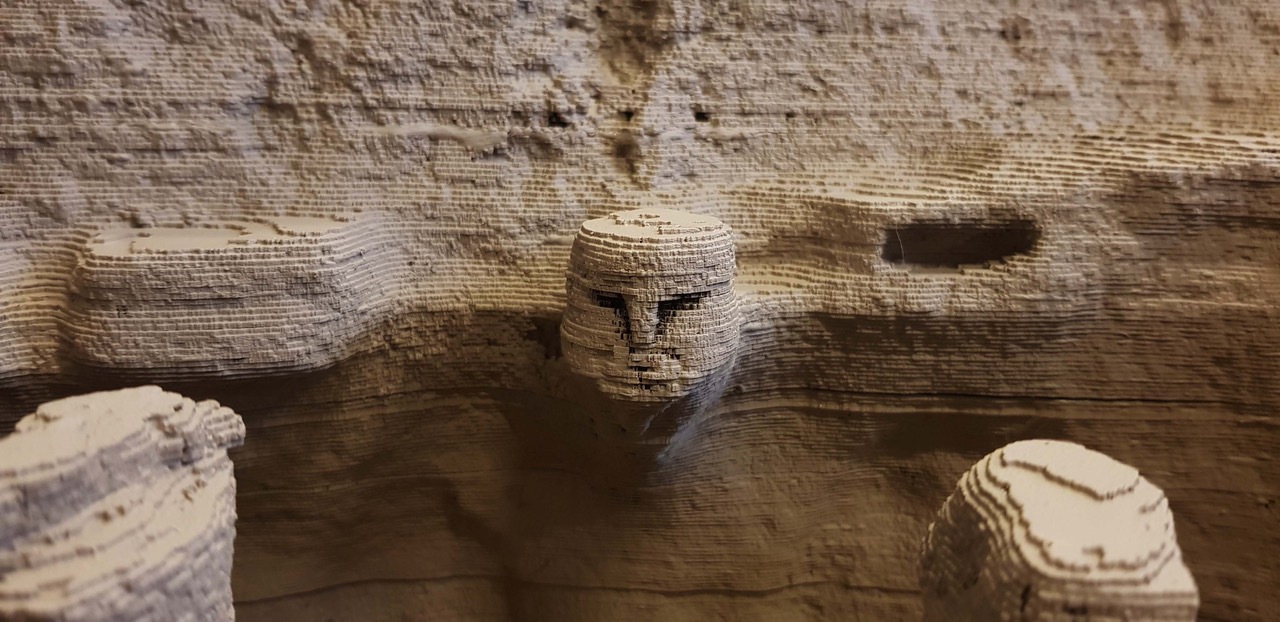
Kültepe-Kanesh Archaeological Site Excavation
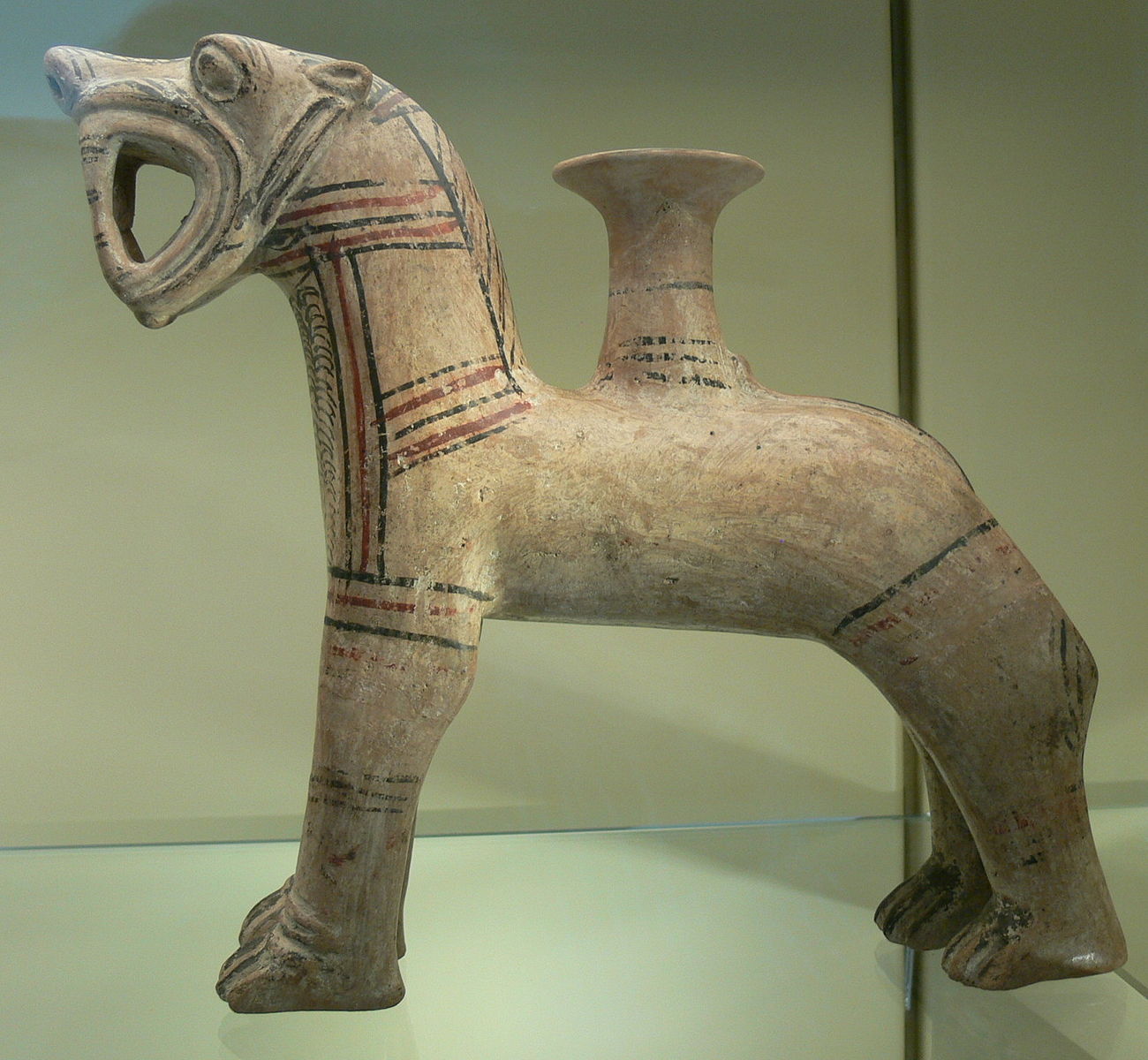
The Abdullah Gül University Department of Architecture is collaborating along with Ankara University on the Kültepe-Kanesh Archaeological Site Excavation project.
Kültepe-Kanesh, which was inhabites since the Copper Age, was inscribed in the Tentative list of World Heritage Sites in Turkey in 2014. It is also the site of discovery of the earliest traces of the Hittite language, the earliest attestation of any Indo-European language, dated to the 20th century BC. AGU is contributing to the project in an effort to preserve Central Anatolia's cultural heritage.
The excavation project permission for 2019 can be viewed HERE.
The Kerkenes Project
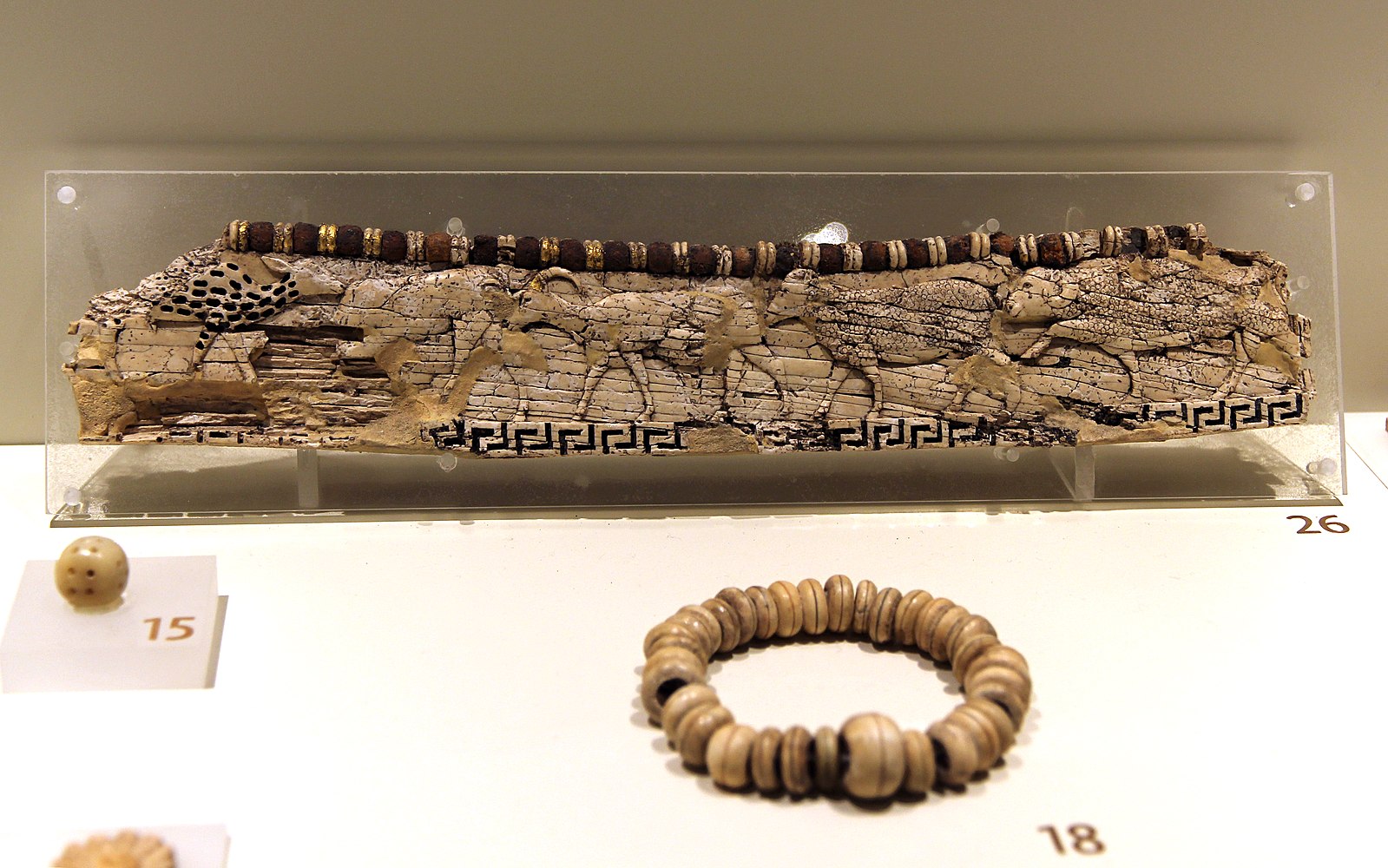
In parallel, AGU is also involved in the archeological "Kerkenes Project", which aims at conducting excavations and geophysical surveys on the remains of this major Iron Age city.
Learn more about the Kerkenes Project HERE.
Public Education Center Courses
In order to contribute to the social, artistic and cultural development of our university students and staff, courses were organized in cooperation with the Department of Health, Culture and Sports and Kocasinan Public Education Center. Students and staff applied to the courses opened in the 2022-2023 academic year. A total of 349 students and staff attended the courses. Participants who successfully completed the courses were awarded certificates.
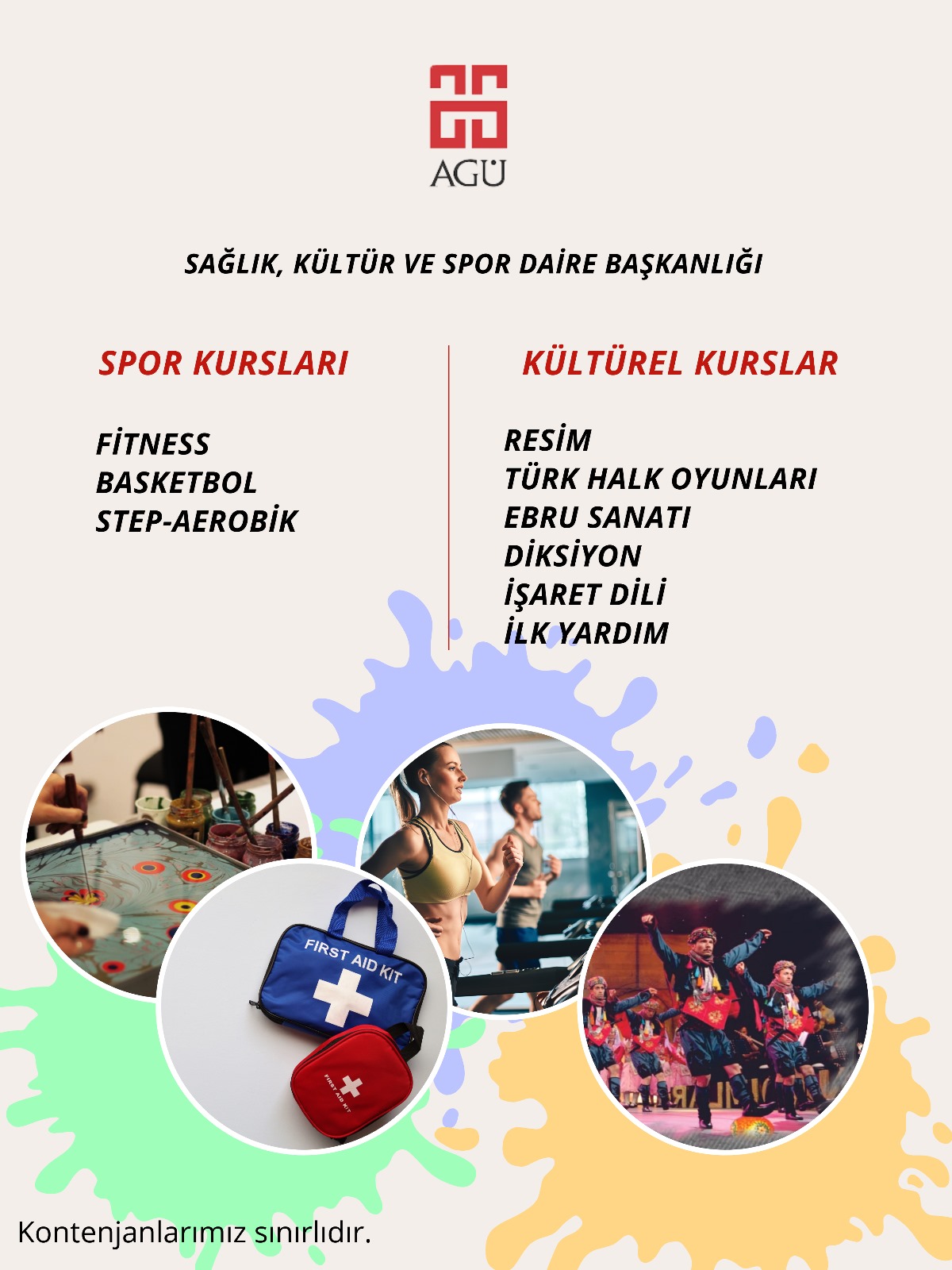
| KURSLAR | KATILIMCI SAYISI | KURS SÜRESİ(SAAT) |
| Resim | 58 | 300 |
| Ebru Sanatı | 48 | 152 |
| Diksiyon | 99 | 40 |
| İşaret Dili | 74 | 120 |
| İlk Yardım | 70 | 18 |
International Youth Fest
In April 2019, the Abdullah Gül University hosted its first ever International Youth Festival (See all photos of the 2019 session HERE).
Organized alongside the annual AGU Club Fest, the “International Youth Fest” is the opportunity for Kayseri youth to display their culture.
The 'Fest is divided into two activities:
The Global Village, a cultural expo where representatives of different countries showcase their country, culture and traditions for visitors. Each booth has its specificities, and students prepare various activities, posters, food/drink and music for their guests. The tents holding the country booths are animated by a music playlist of all countries represented during the event.
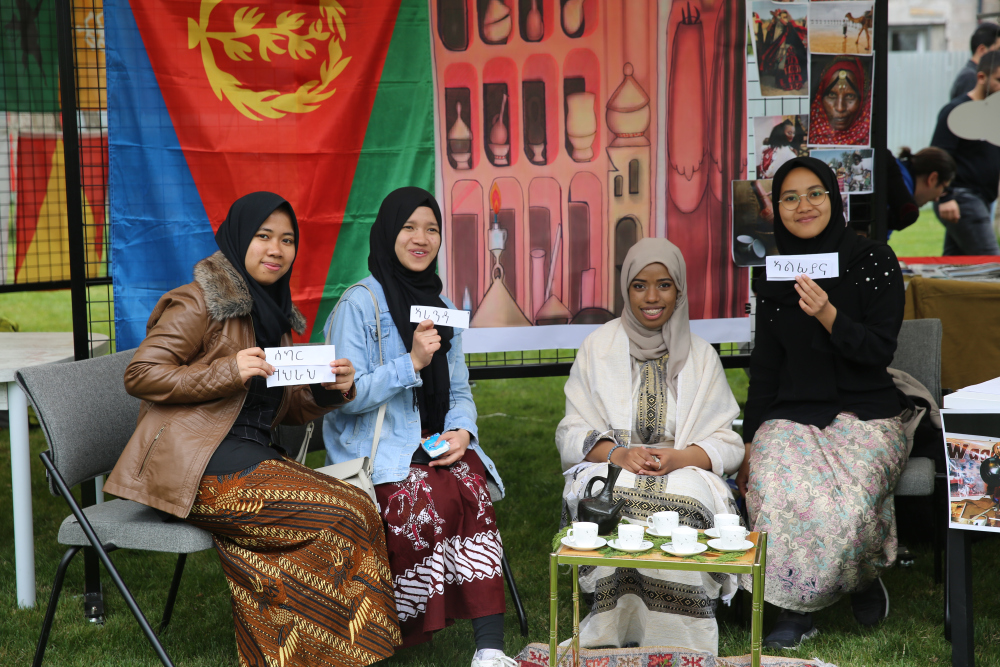 |
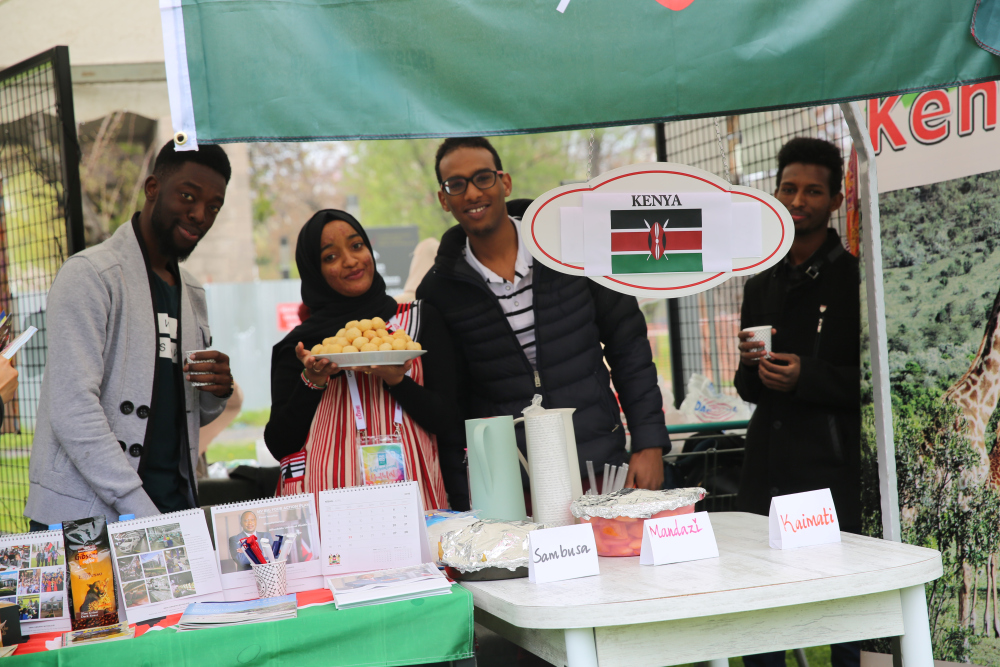 |
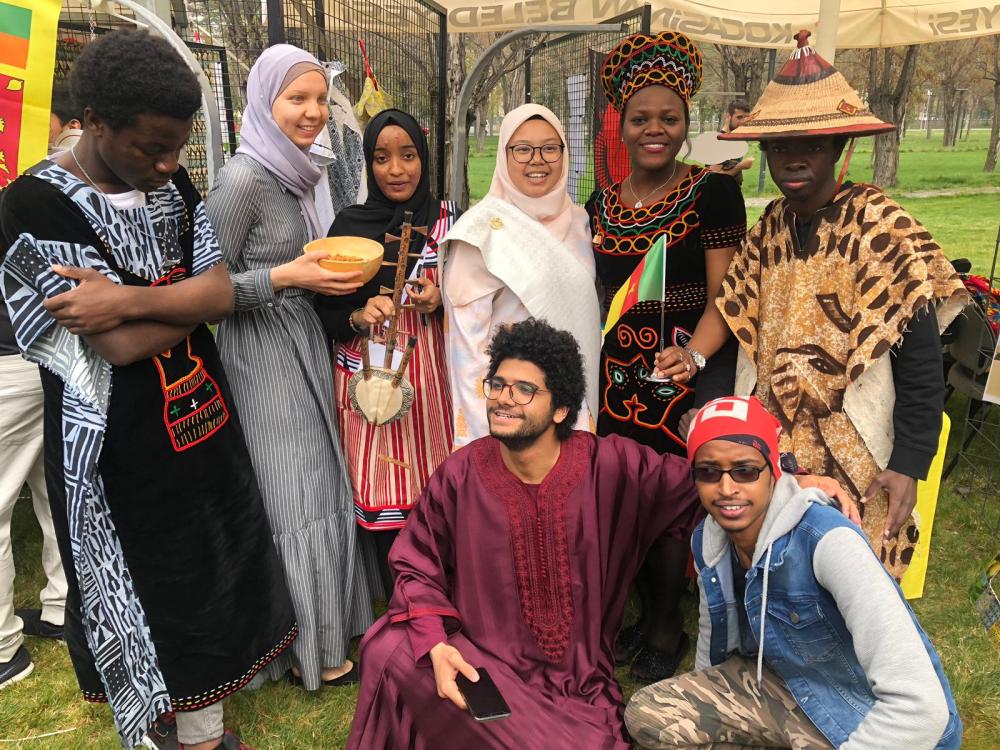 |
The Cultural Show in the afternoon, on a stage especially set up for the AGU Club Fest weekend. International students follow one another on stage to perform traditional songs and dance from their country. The Cultural Show is concluded by a flag ceremony, where all country representatives come together on stage to show their flags and pride.
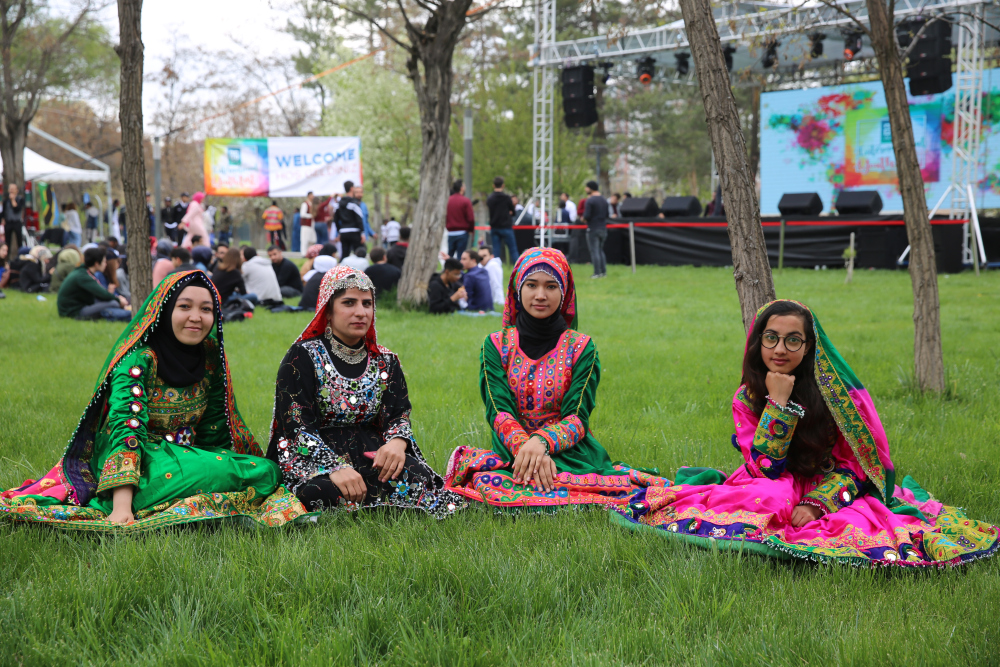 |
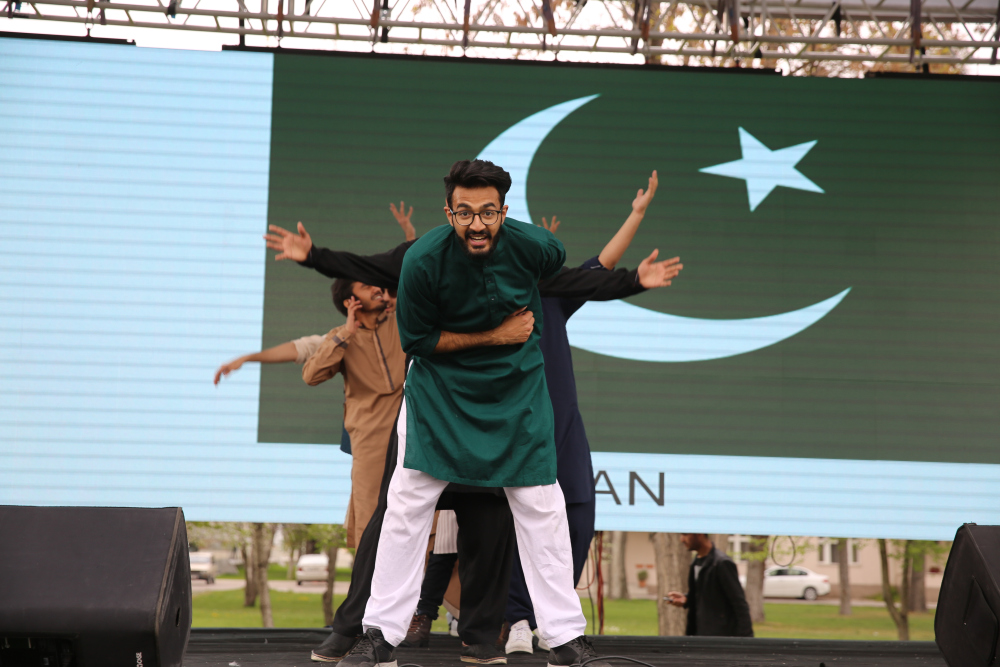 |
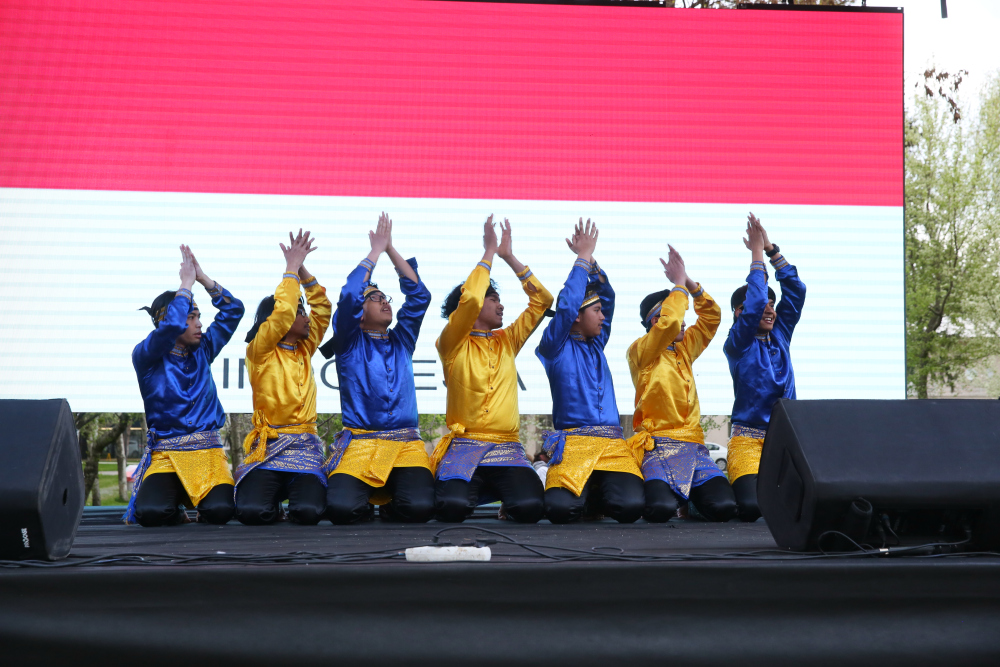 |
The whole 2019 event was an incredible success! International students from all over Kayseri gave their all to create spectacular country booths and shows on stage.
It was the perfect opportunity for Turks and internationals alike to come together and have a true intercultural exchange through discussions, presentations, activities, song and dance.
| The 2019 International Youth Fest hosted Global Village booths from students of the following nationalities: | … and an International Show given by students from: |
|
Afghanistan, Cameroon, Chad, Egypt, Eritrea, France (represented by AGU International Office members), Ghana, Guinea, Indonesia, Iraq, Kenya, Malawi, Malaysia, Mali, Morocco, Pakistan, Palestine, Somalia, Sri Lanka, Tanzania, Turkey, Yemen and Zambia. |
Afghanistan, Cameroon, Egypt, Eritrea, Indonesia, Kenya, Madagascar, Mozambique, Pakistan, Somalia and Tanzania. |
Intercultural Series
The AGU Intercultural Series were launched as an interactive gathering, where AGU members of a certain nationality/origin have the opportunity to present their country and culture to the rest of the AGU community as well as participants from outside the University interested in joining the event.
The events are organized by the AGU International Office in collaboration with the AGU International Association and the students presenting their country.
The objective is to:
- Highlight and raise the international profile of the University (currently 40 nationalities are represented on campus) & World’s cultural variety, differences, similarities, evolution
- Raise curiosity and interest in the AGU community (and even beyond)
- Educate attendees, open the eyes and minds of attendees to the rest of the World
- Encourage dialogue among cultures, intercultural exchange, cultural enrichment
- Strengthen the ties of the whole AGU Community
- Entertain attendees, create a show
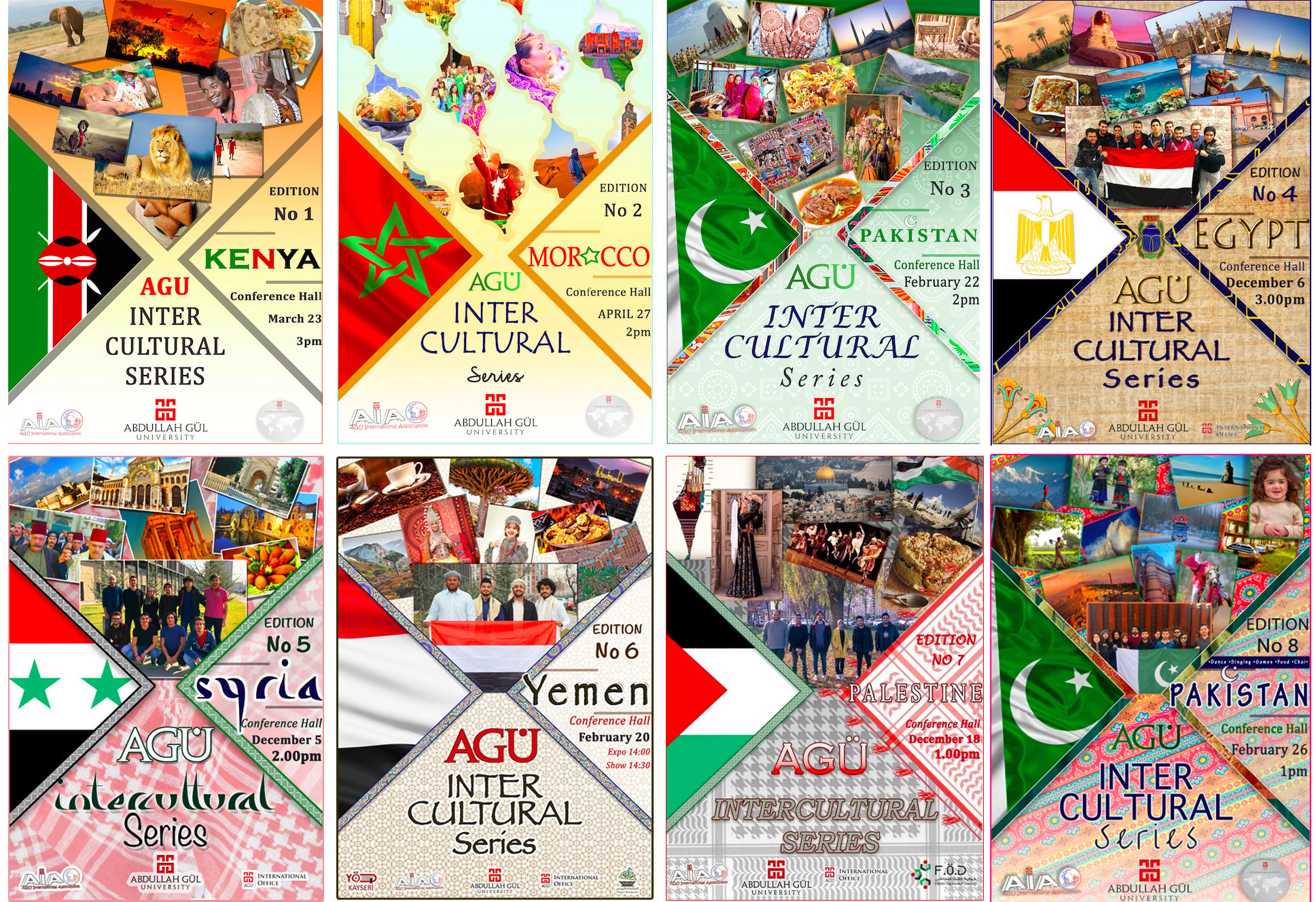
Each event of the AGU Intercultural Series is unique, as it reflects the individual personalities and cultural backgrounds of each hosting country’s representatives; however, as a general idea, the Series are the opportunity to share information on: Geography, History, Values, Traditions, Music, Dance, Language, Sports, Cuisine, Religion, Etc.
Organizers have the opportunity to display slideshows, music, photos, videos, performances, snacks… In the hopes of transmitting joy, fun, knowledge, curiosity, cultural input and positive messages!
First Edition – KENYA!
Read the blog article about the AGU Intercultural Series - KENYA Edition here.
Second Edition – MOROCCO!
Read the blog article about the AGU Intercultural Series - MOROCCO Edition here.
Third Edition – PAKISTAN!
Read the blog article about the AGU Intercultural Series - PAKISTAN Edition here.
Fourth Edition – EGYPT!
Read the blog article about the AGU Intercultural Series - EGYPT Edition here.
Fifth Edition – SYRIA!
Read the blog article about the AGU Intercultural Series - SYRIA Edition here.
Sixth Edition – YEMEN!
Read the blog article about the AGU Intercultural Series - YEMEN Edition here.
Seventh Edition – PALESTINE!
Eighth Edition – PAKISTAN!
Read the blog article about the AGU Intercultural Series - PAKISTAN Edition here.
Intercultural Workshops
The Abdullah Gül University and Kayseri high schools agreed to collaborate for the creation of an “AGU Intercultural Workshop”, where high school students could meet with AGU international members to exchange in English and discover new cultures.
These workshops organized give these high school students the opportunity to:
- Visit the Abdullah Gül University campus for the first time
- Practice their English with AGU international members
- Learn about new cultures
- Experiment AGU interactive learning methods (workshop mixing small group discussion sessions and plenary presentations)
Read about our latest Intercultural Workshops sessions here:
First Session – MOROCCO!
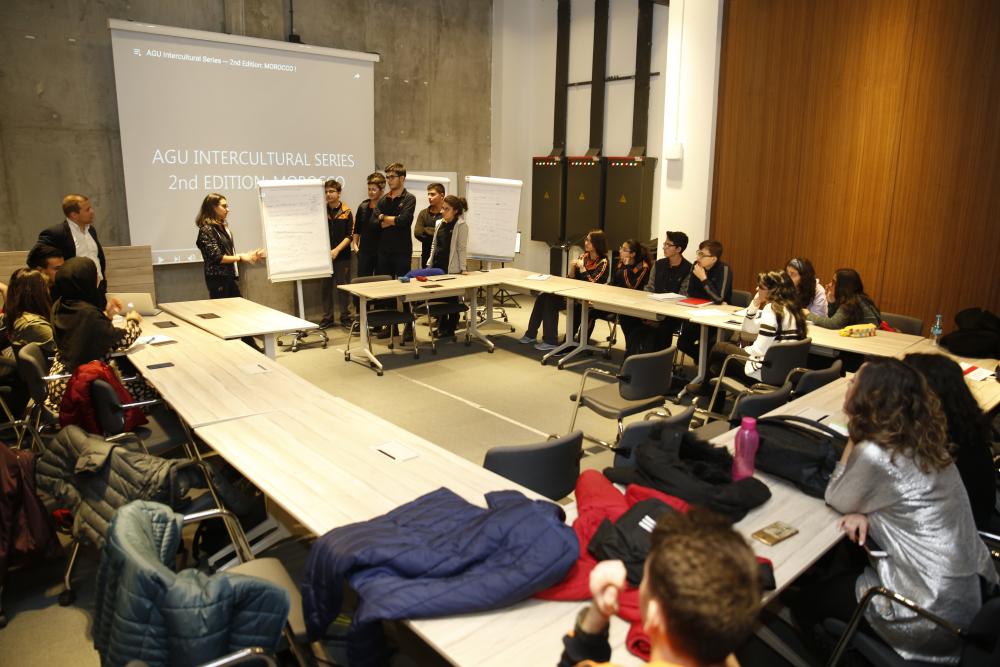
Read the blog article about the AGU Morocco Workshop here.
Second Session – PAKISTAN!
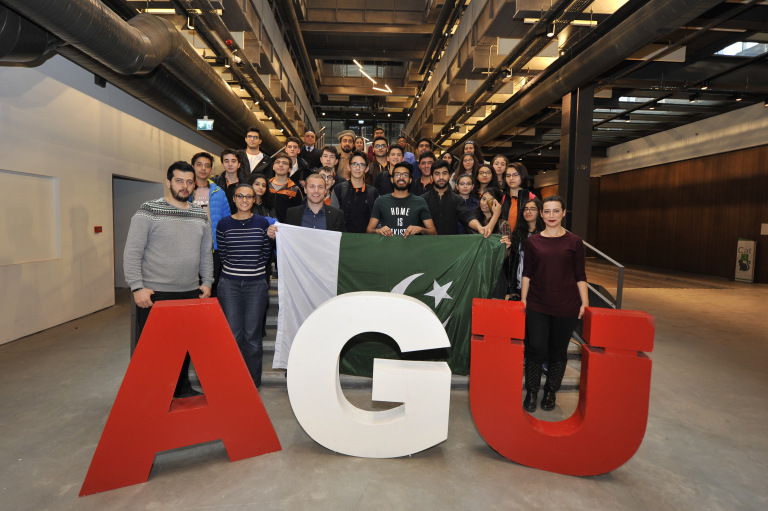
Read the blog article about the AGU Pakistan Workshop here.
Third Session – SOMALIA!
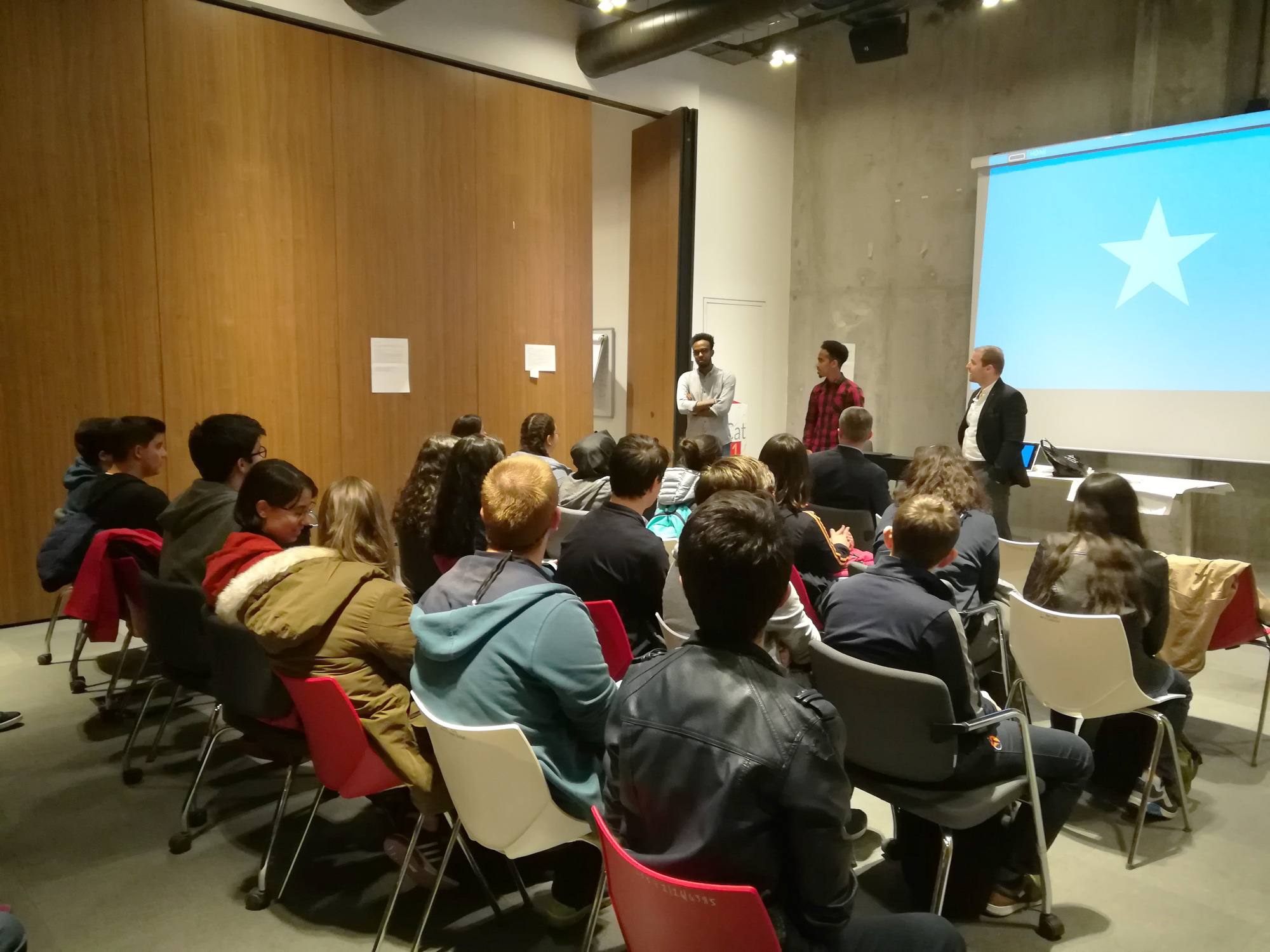
Read the blog article about the AGU Somalia Workshop here.
Fourth Session – EGYPT!
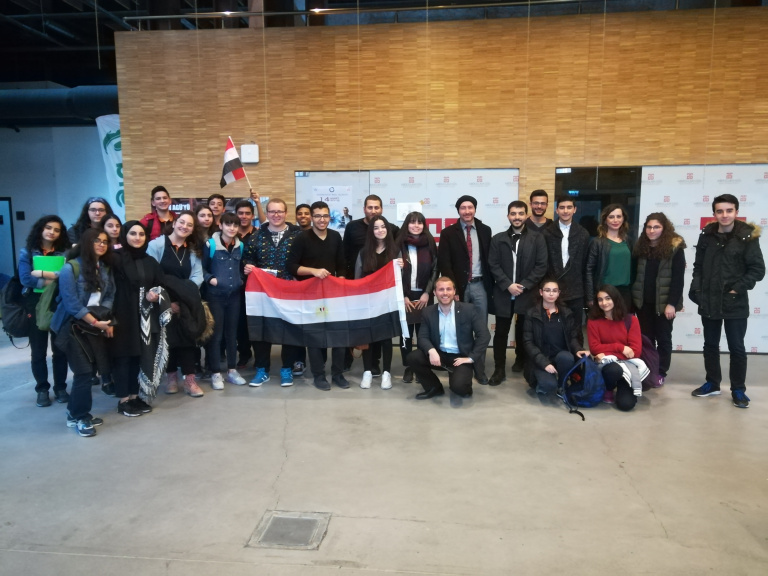
Read the blog article about the AGU Egypt Workshop here.
Fifth Session – GRENADA!
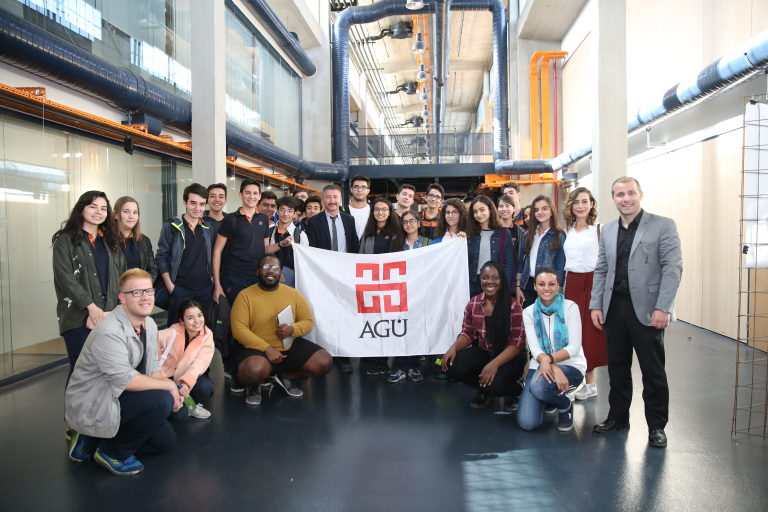
Read the blog article about the AGU Grenada Workshop here.
Sixth Session – TURKEY!
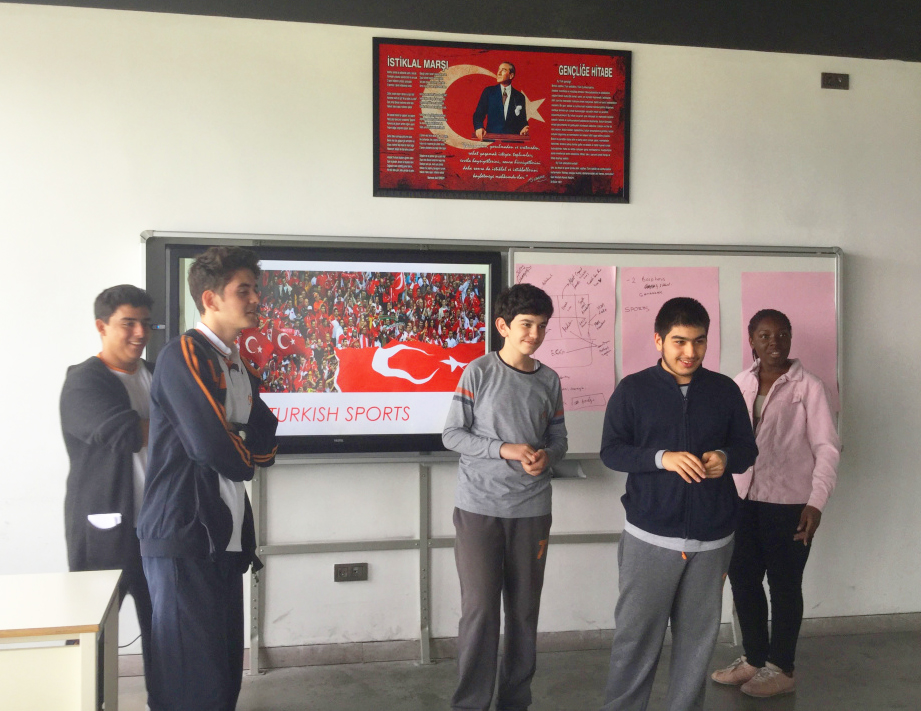
Read the blog article about the AGU Turkey Workshop here.
Seventh Session – SRI LANKA!
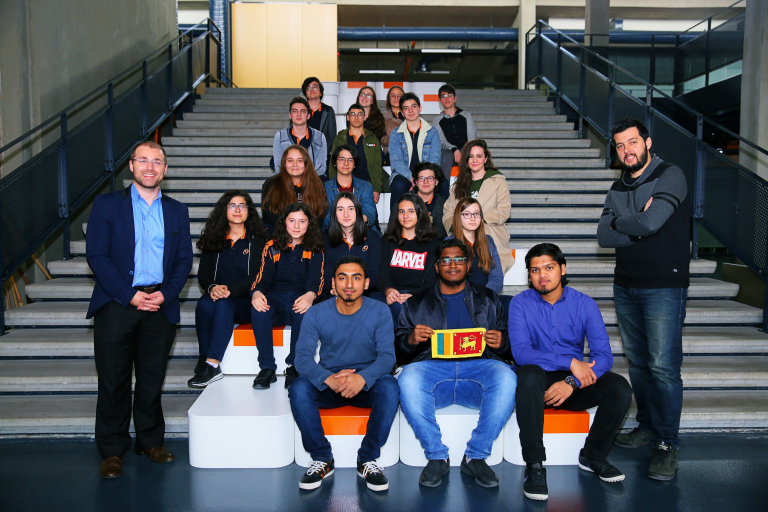
Read the blog article about the AGU Sri Lanka Workshop here.
Eighth Session – MALAYSIA!
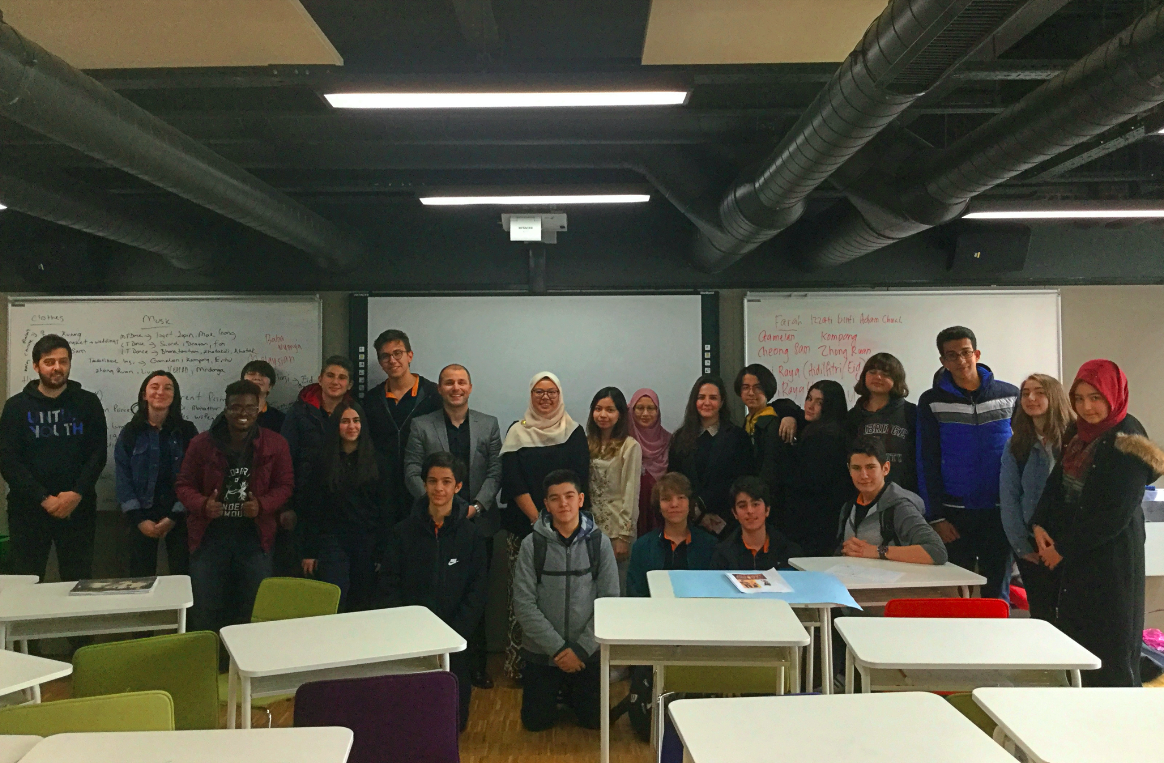
Read the blog article about the AGU Malaysia Workshop here.
Ninth Session – ALGERIA!
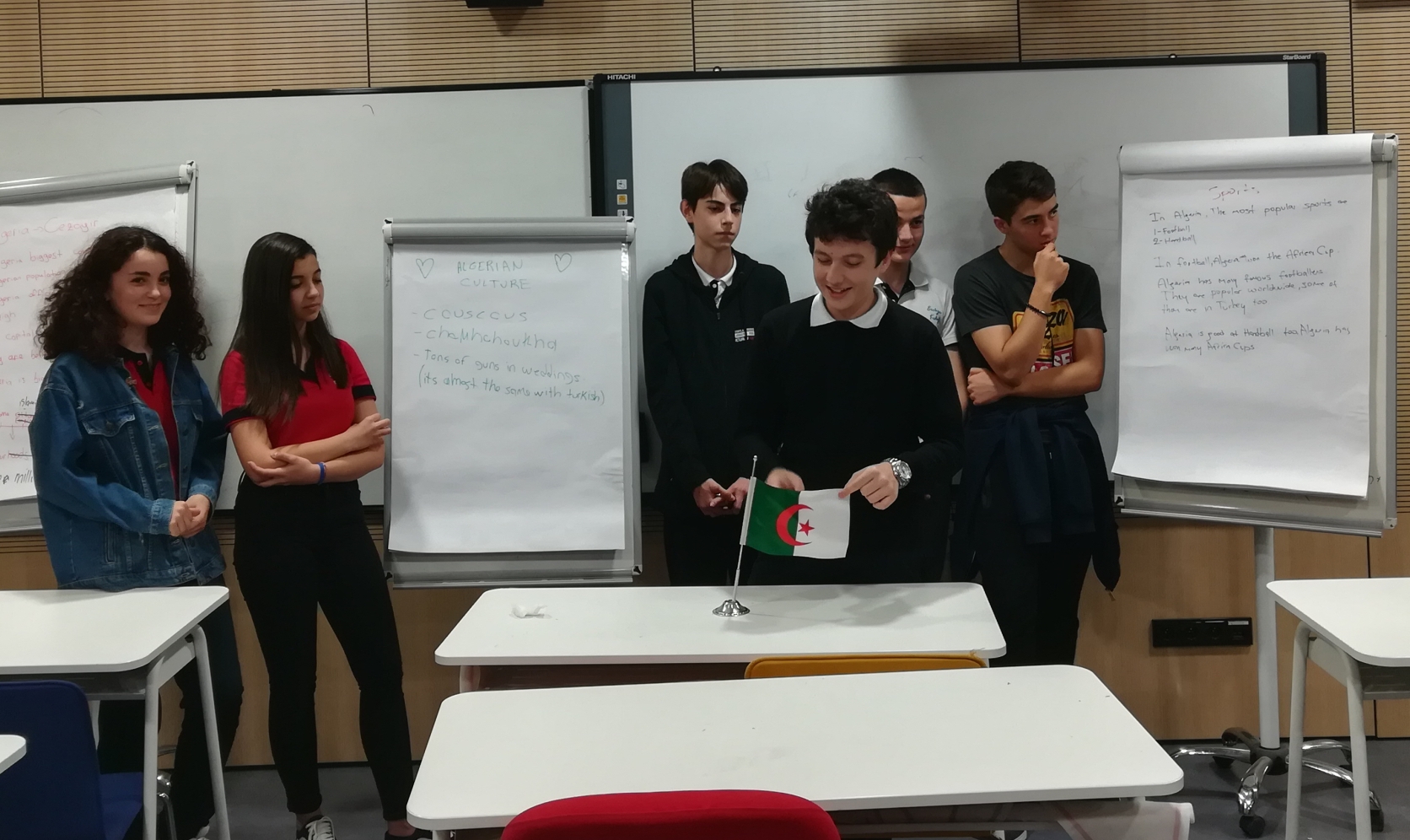
Read the blog article about the AGU Algeria Workshop here.
Tenth Session – KENYA!
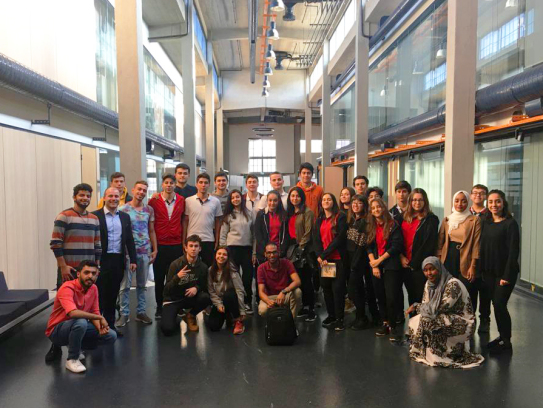
Read the blog article about the AGU Kenya Workshop here.
Eleventh Session – YEMEN!
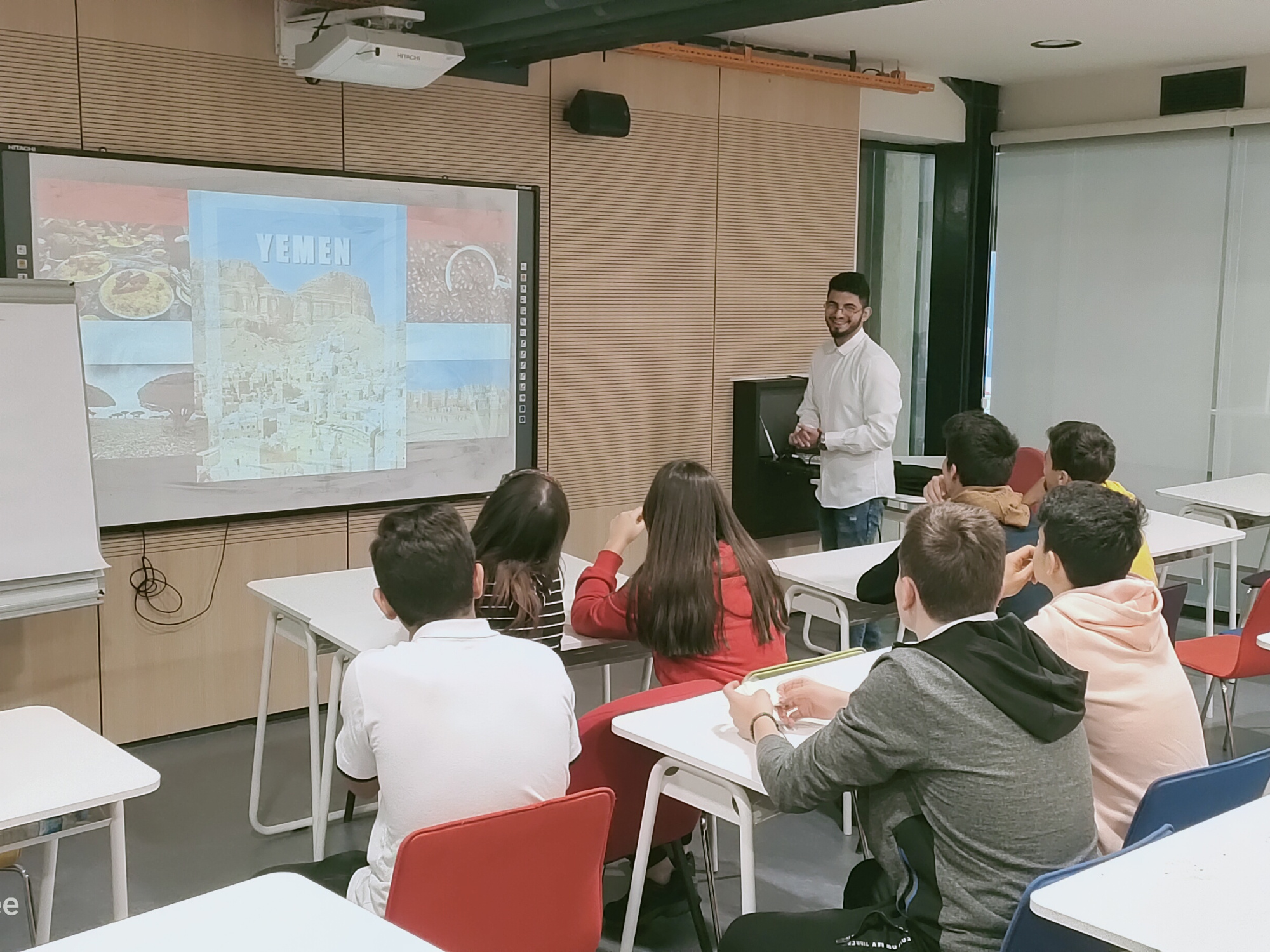
Read the blog article about the AGU Yemen Workshop here.

